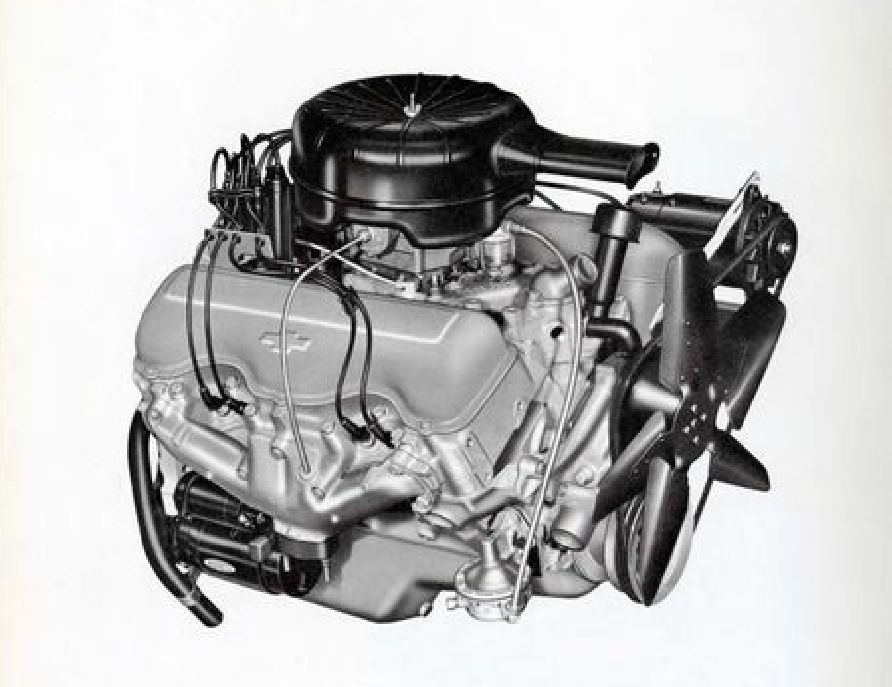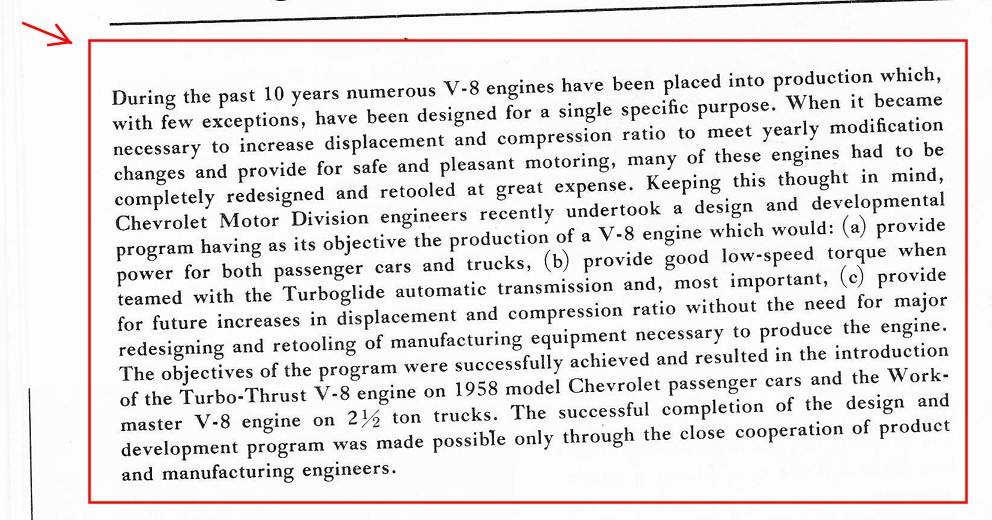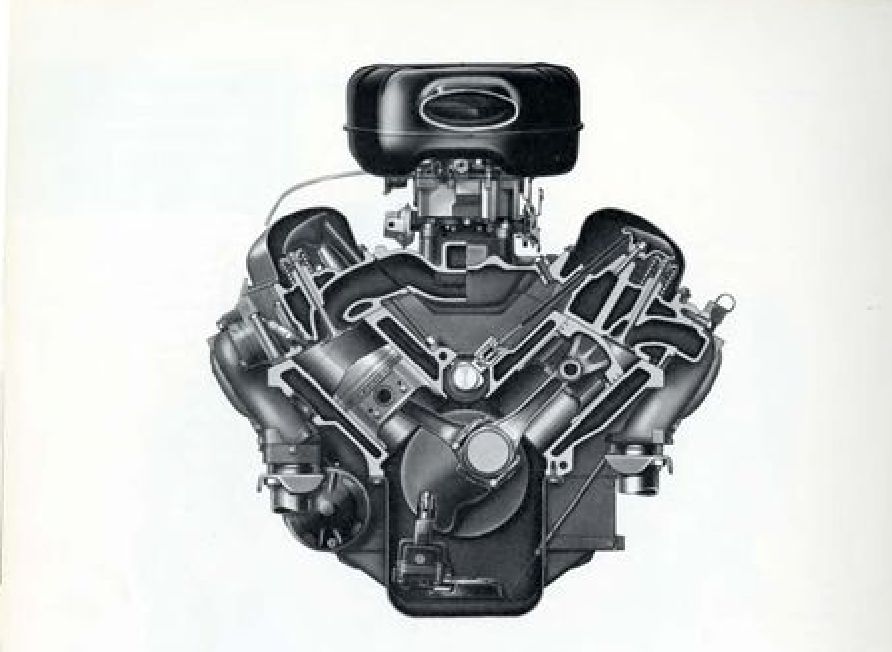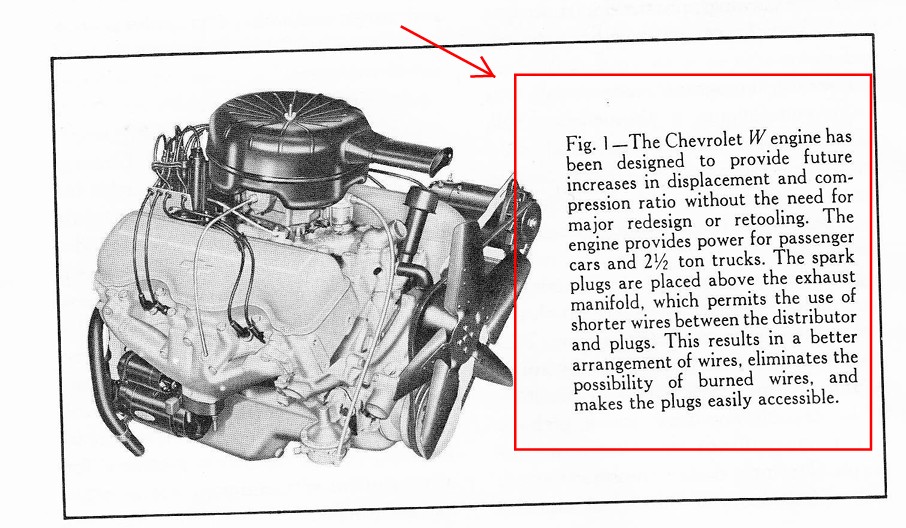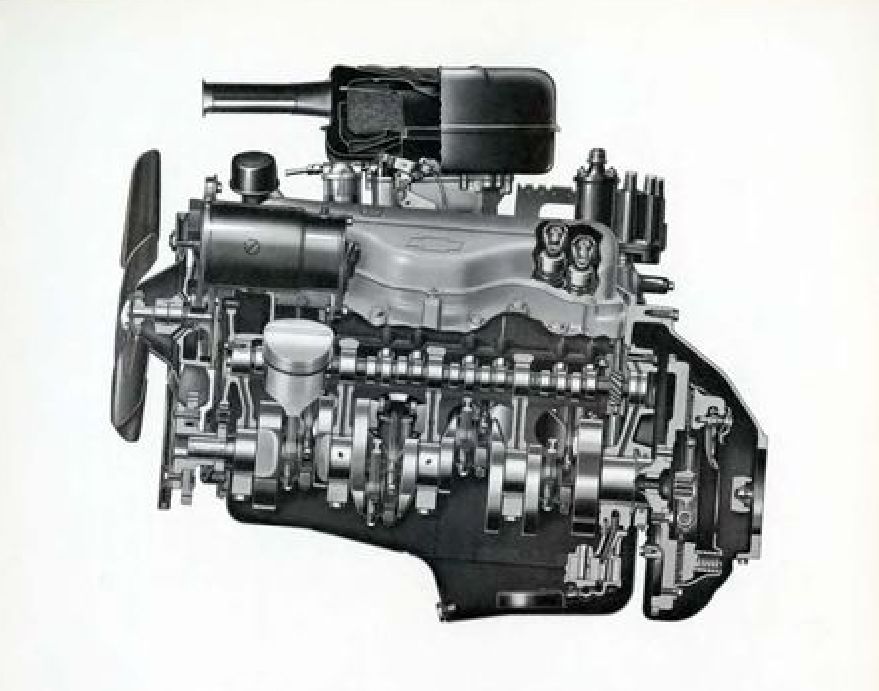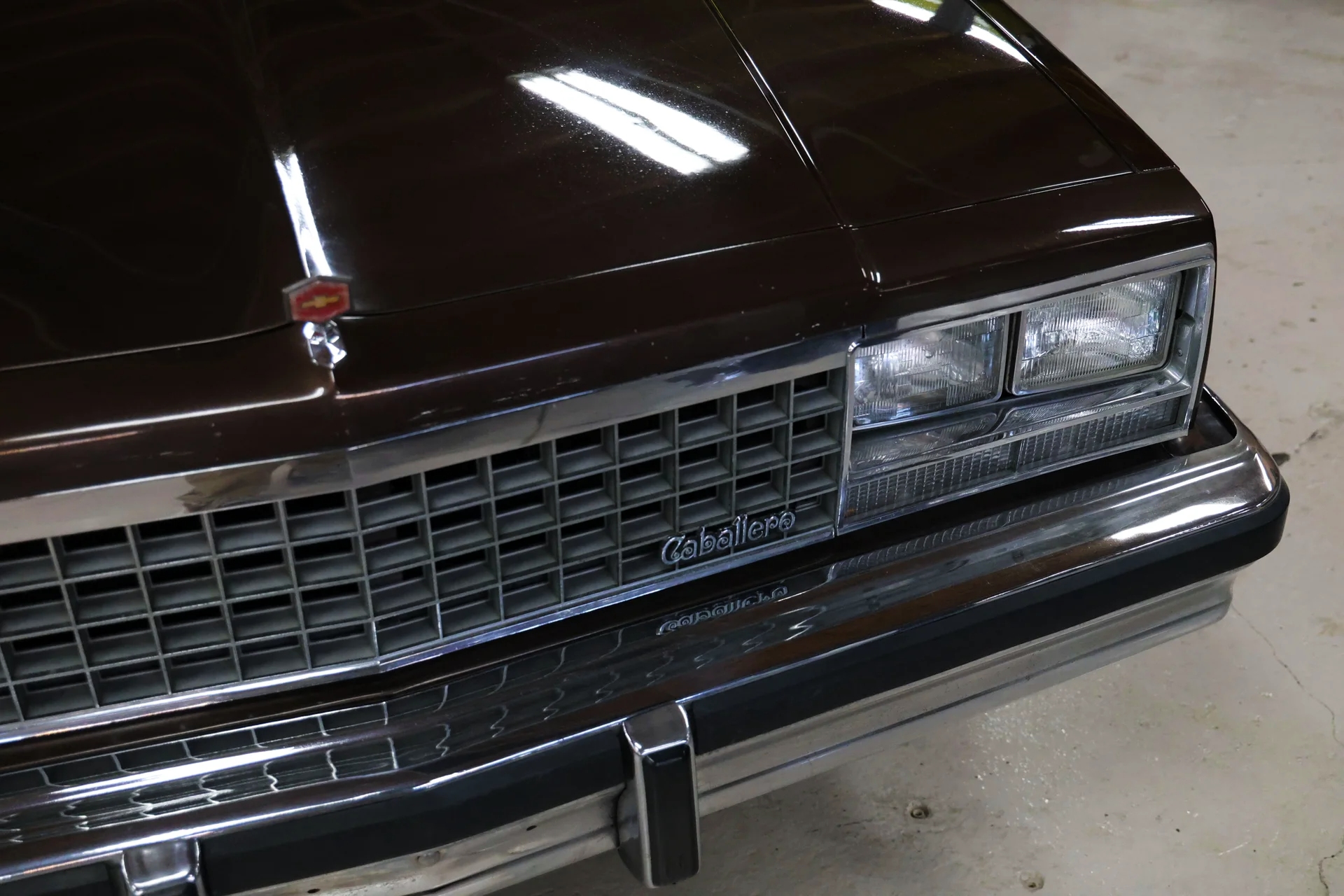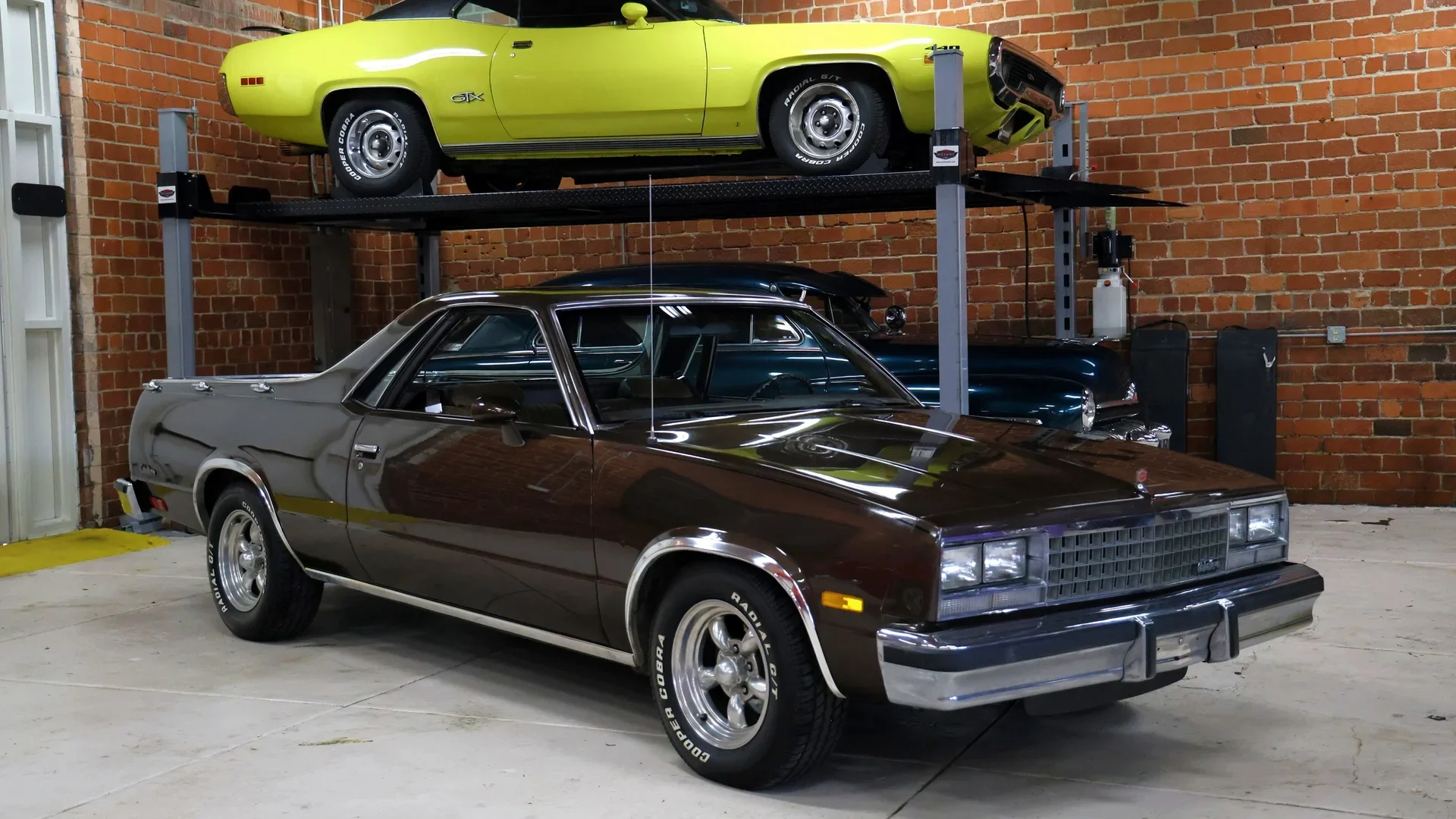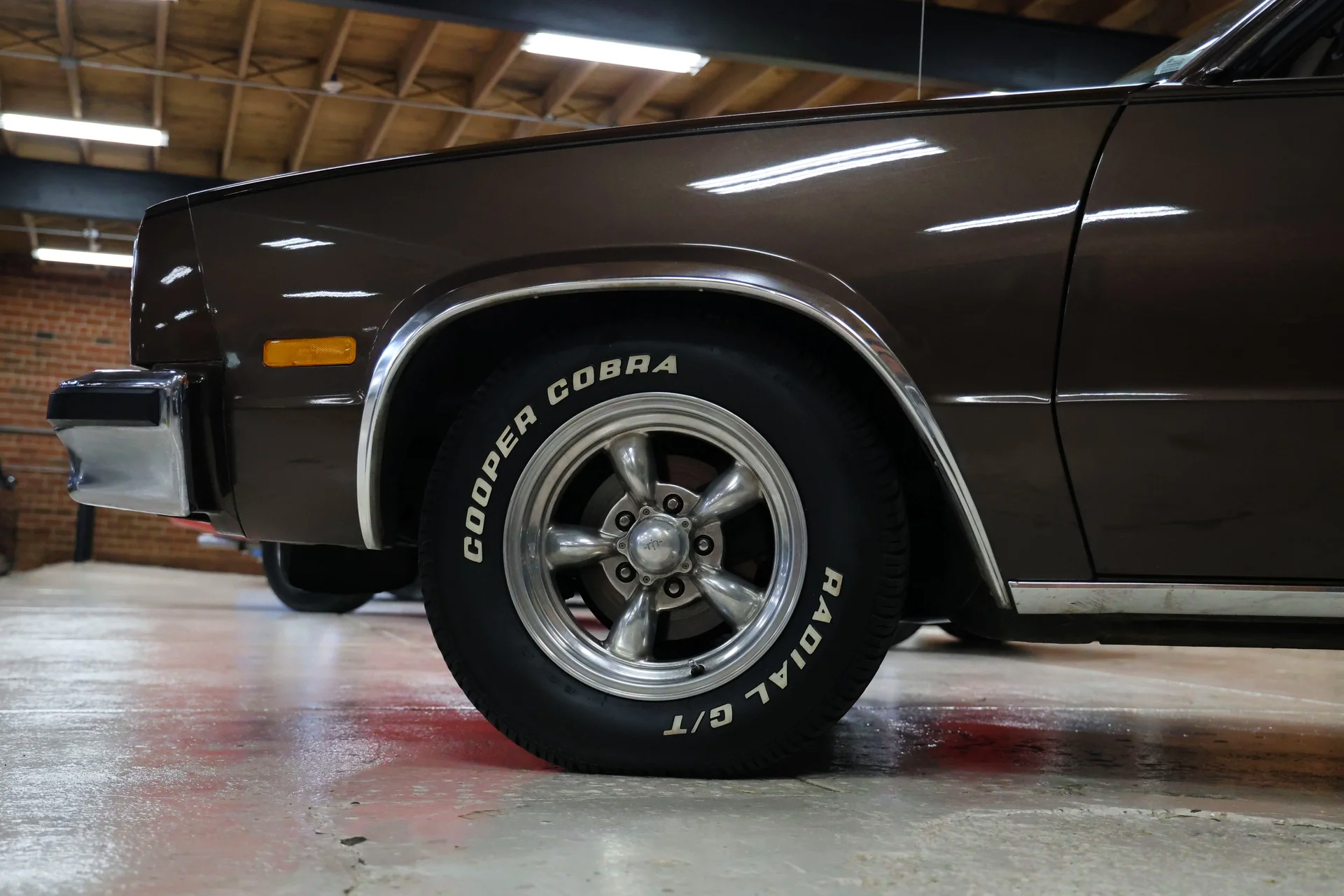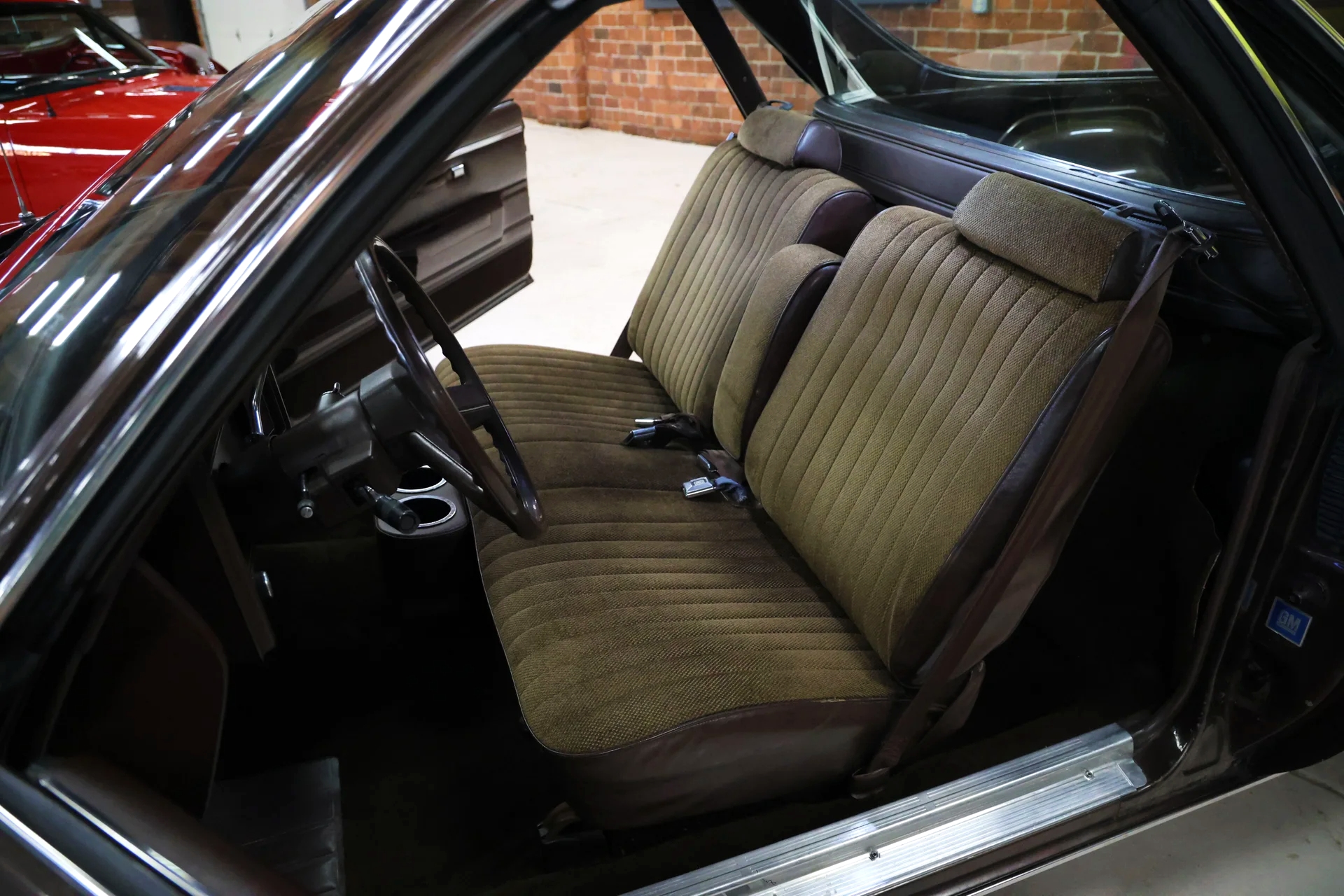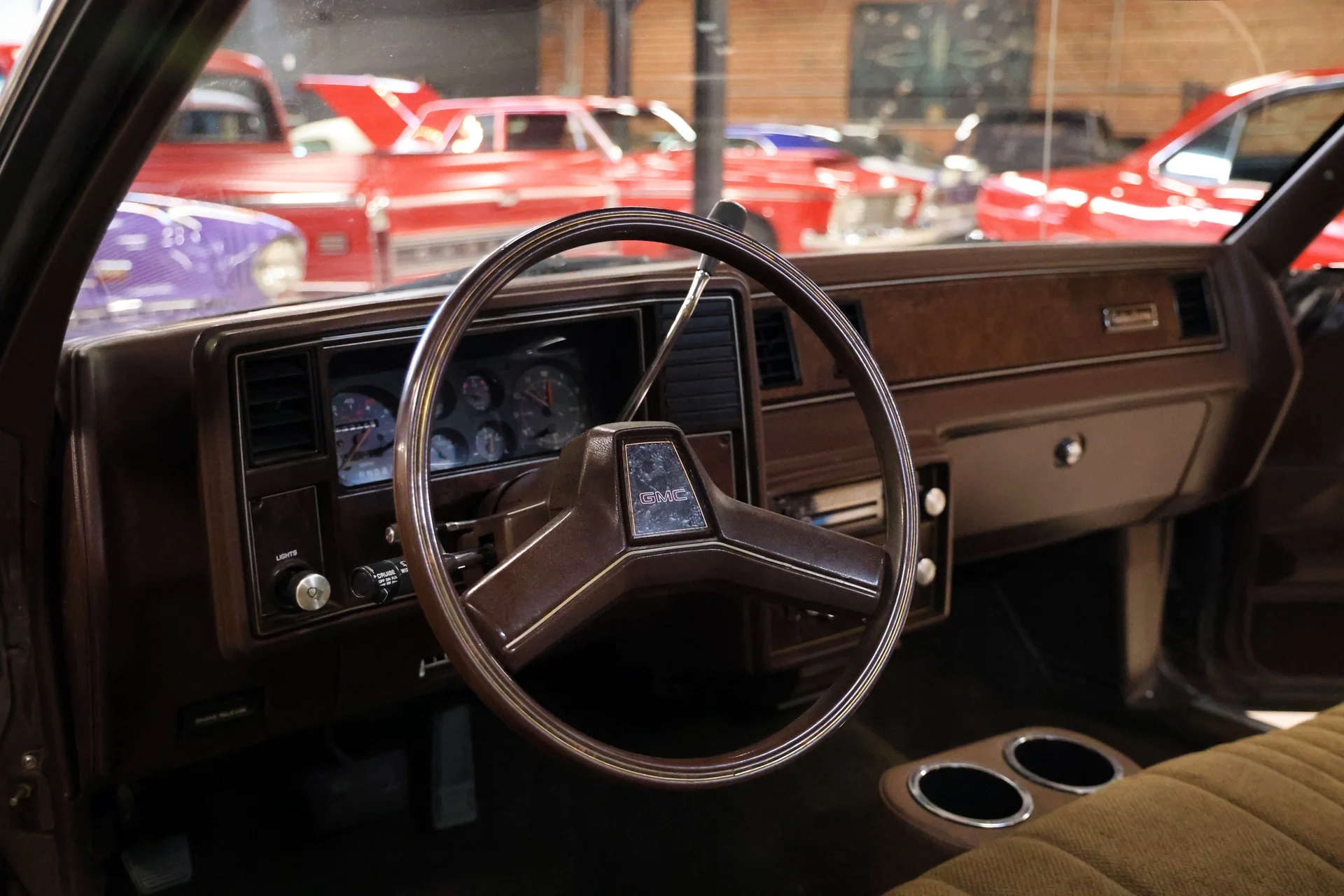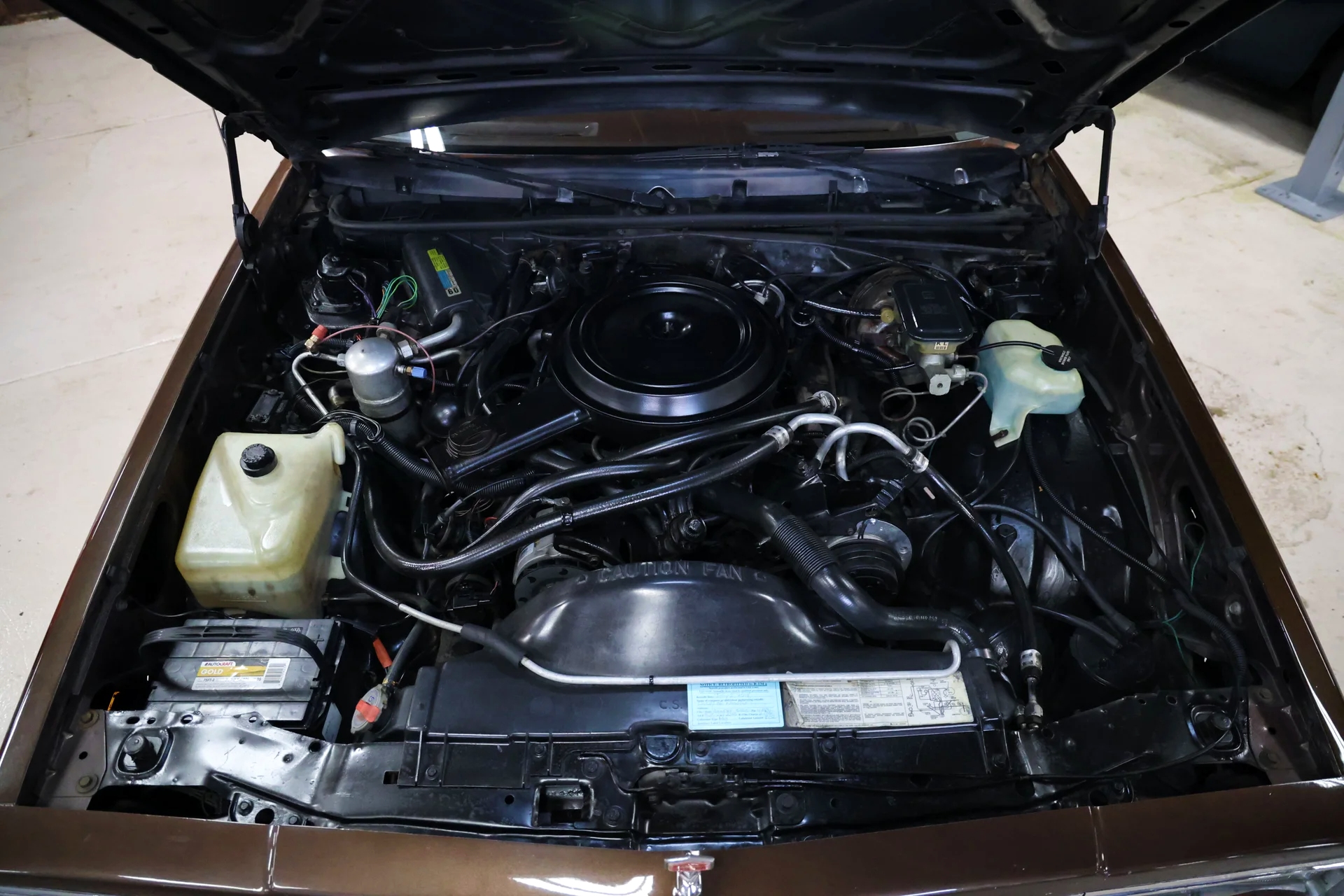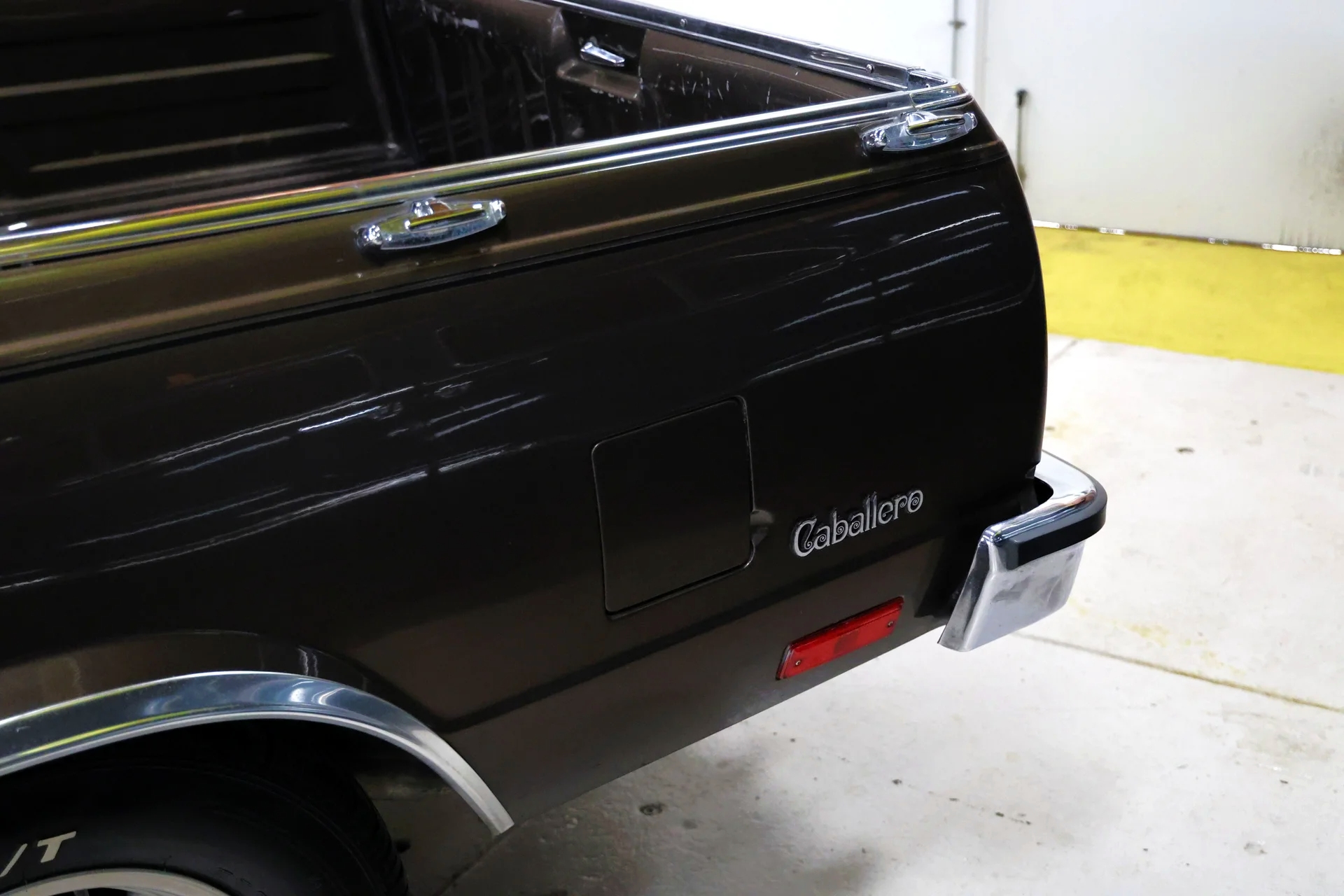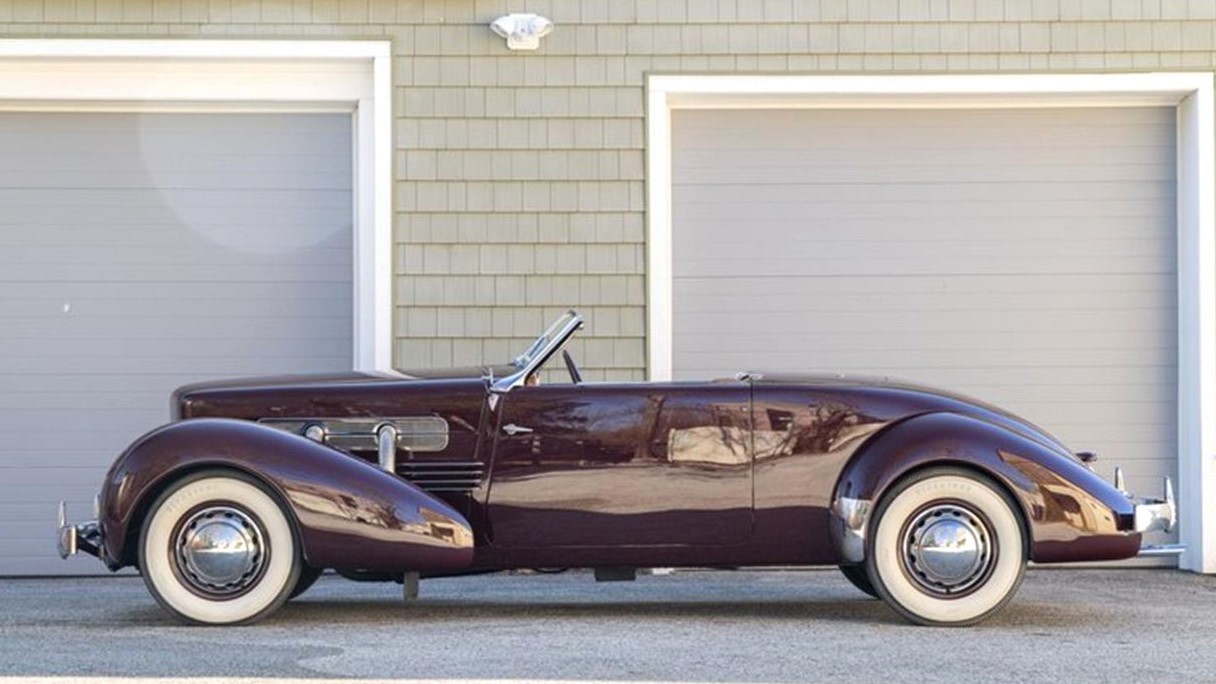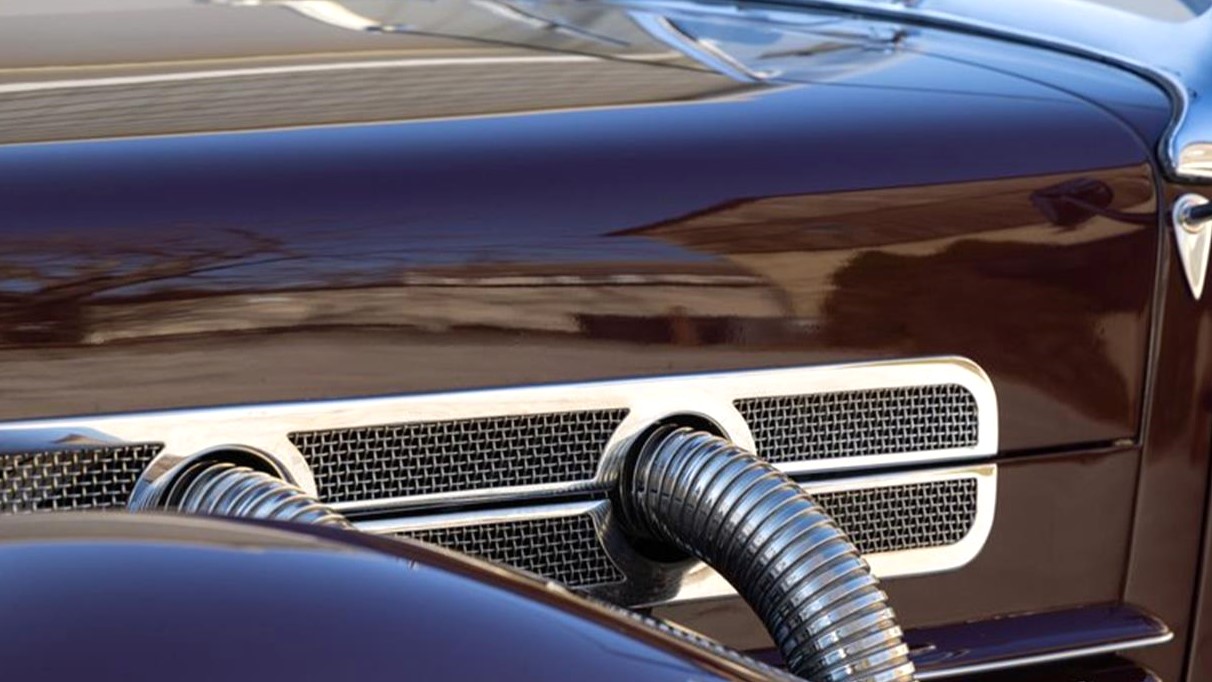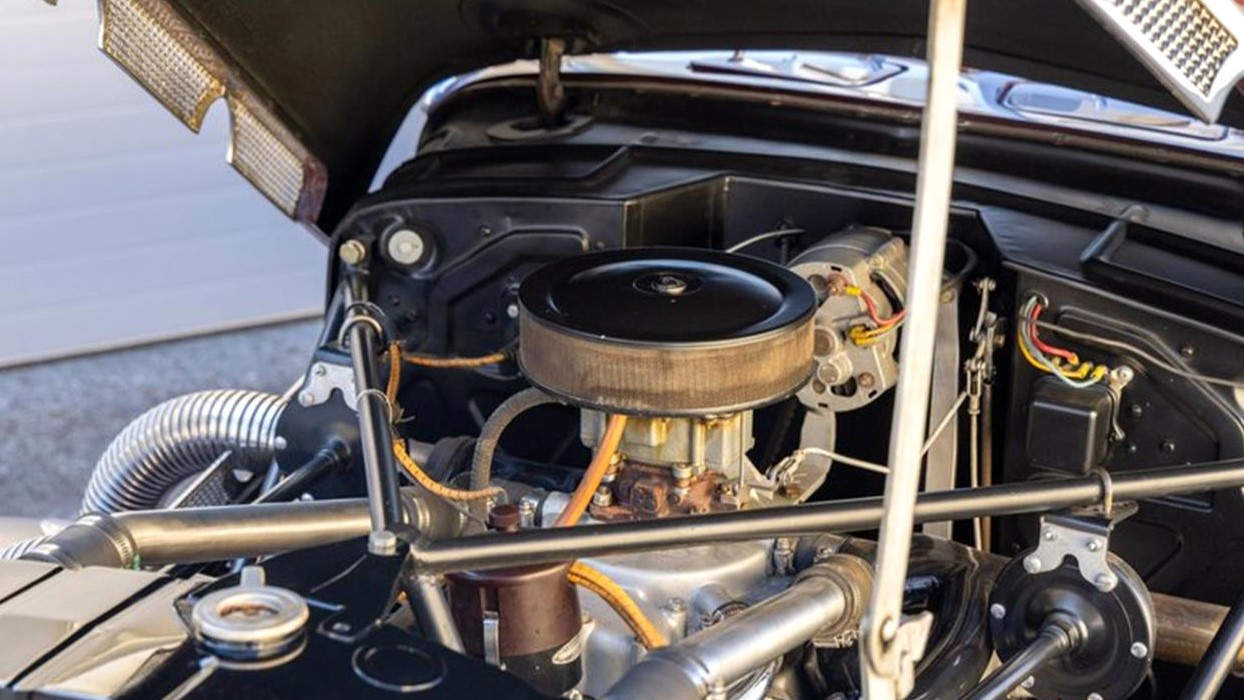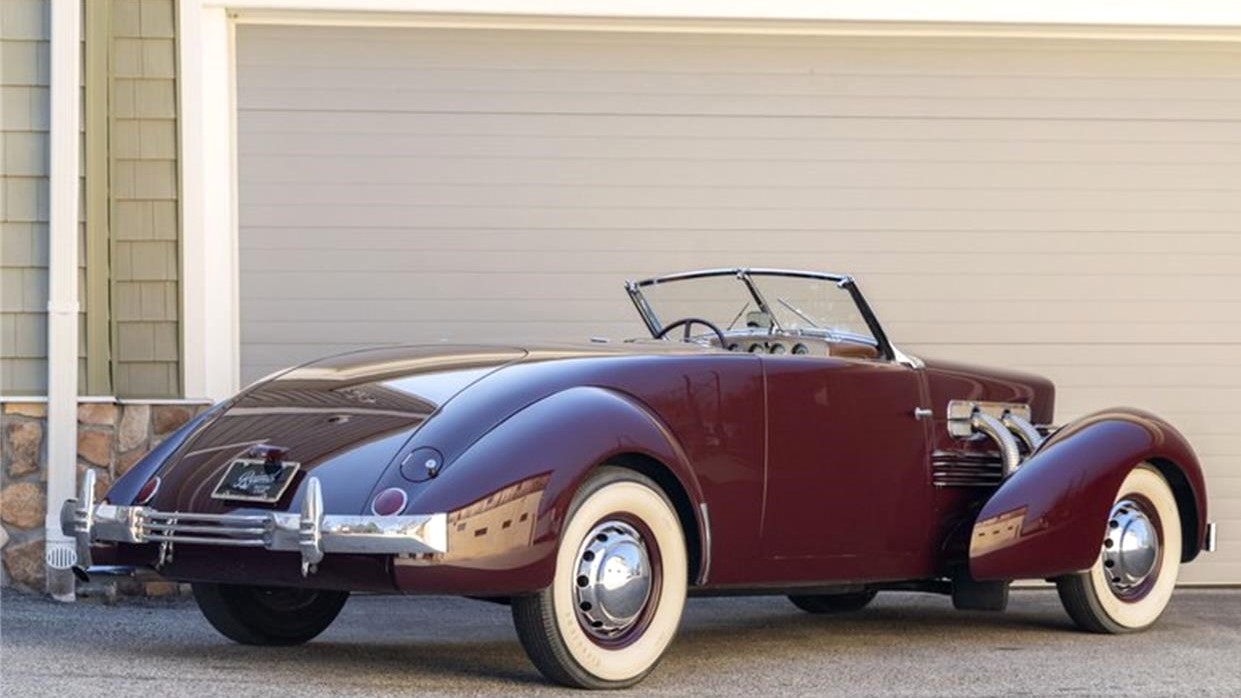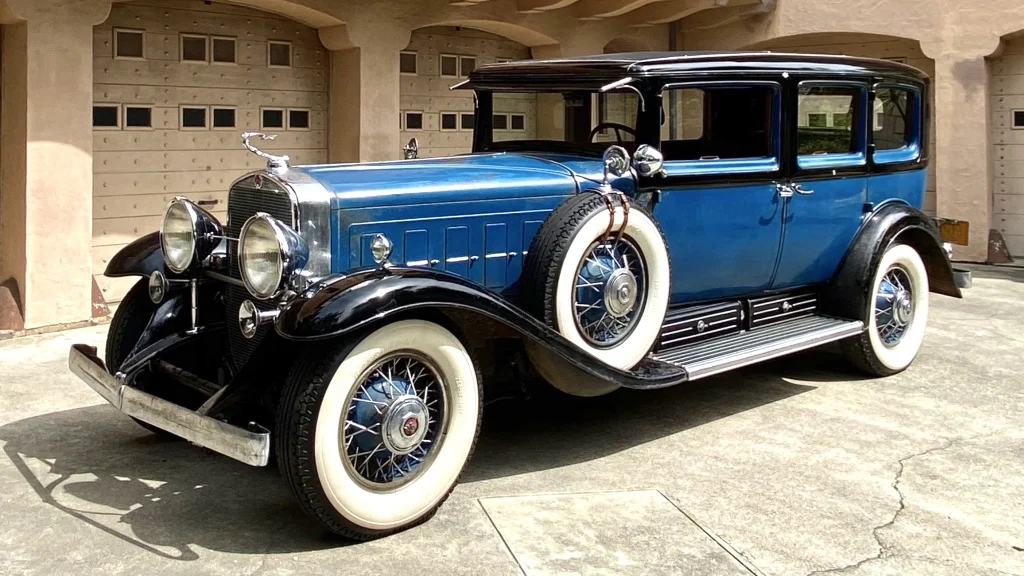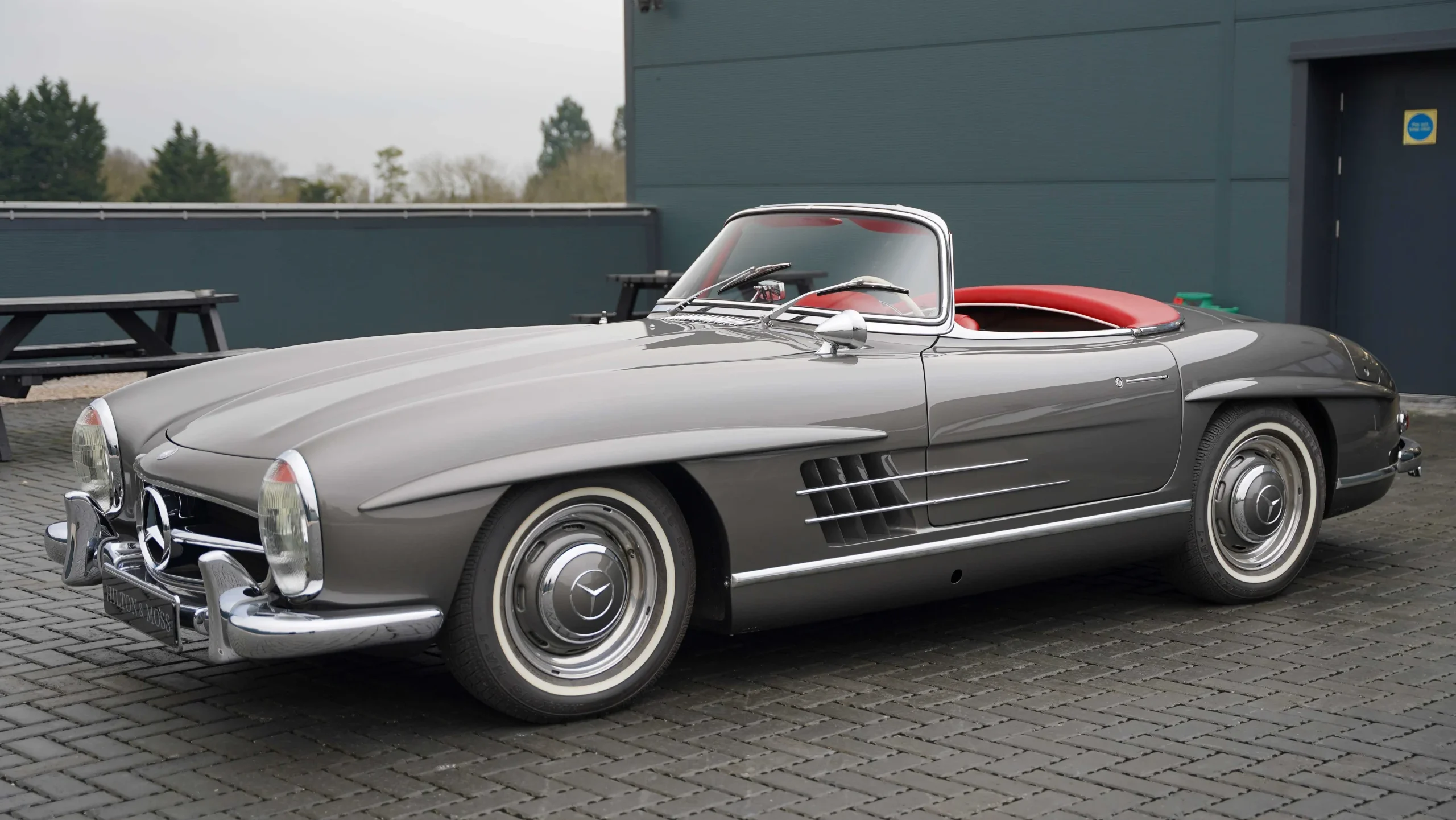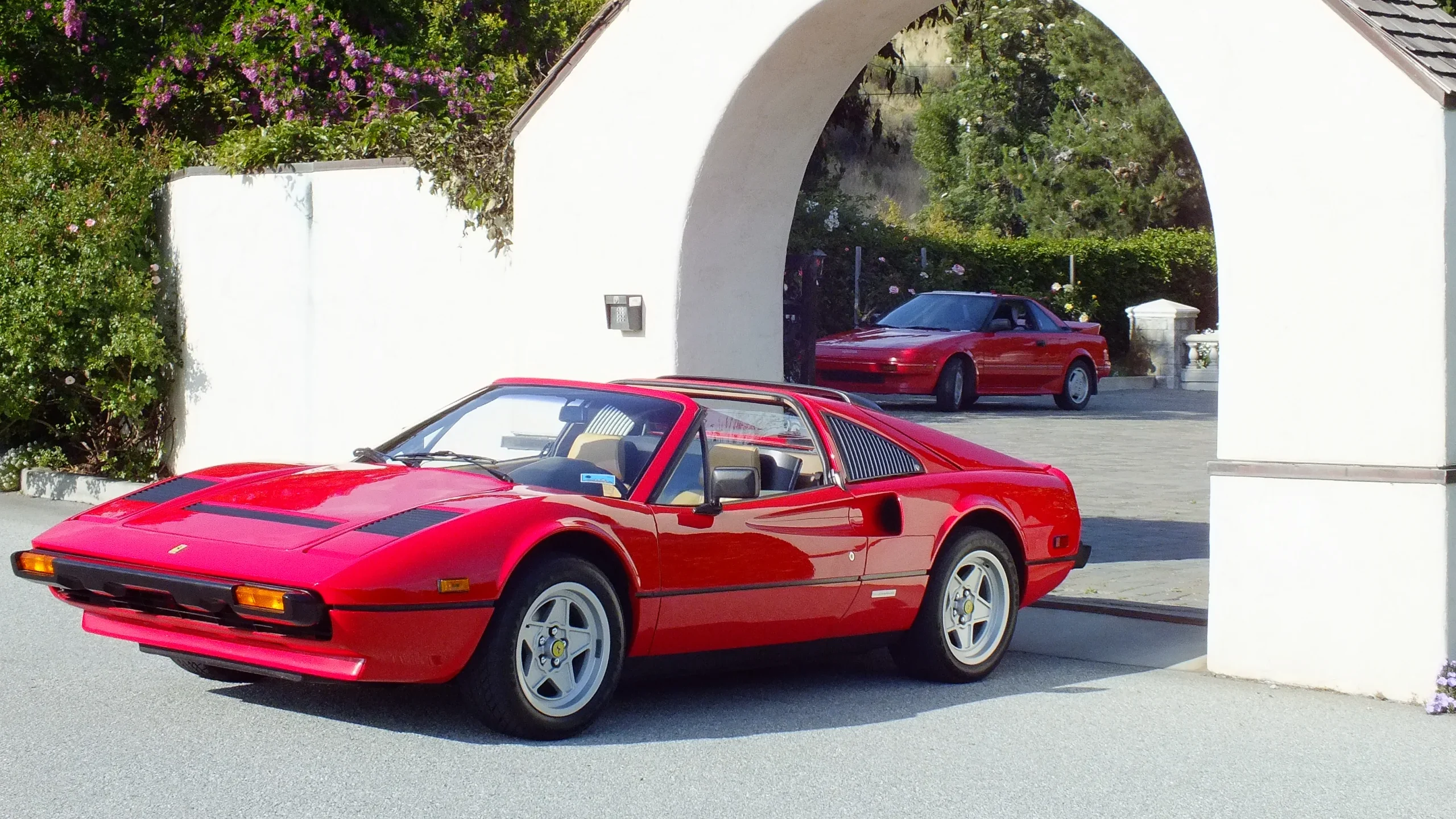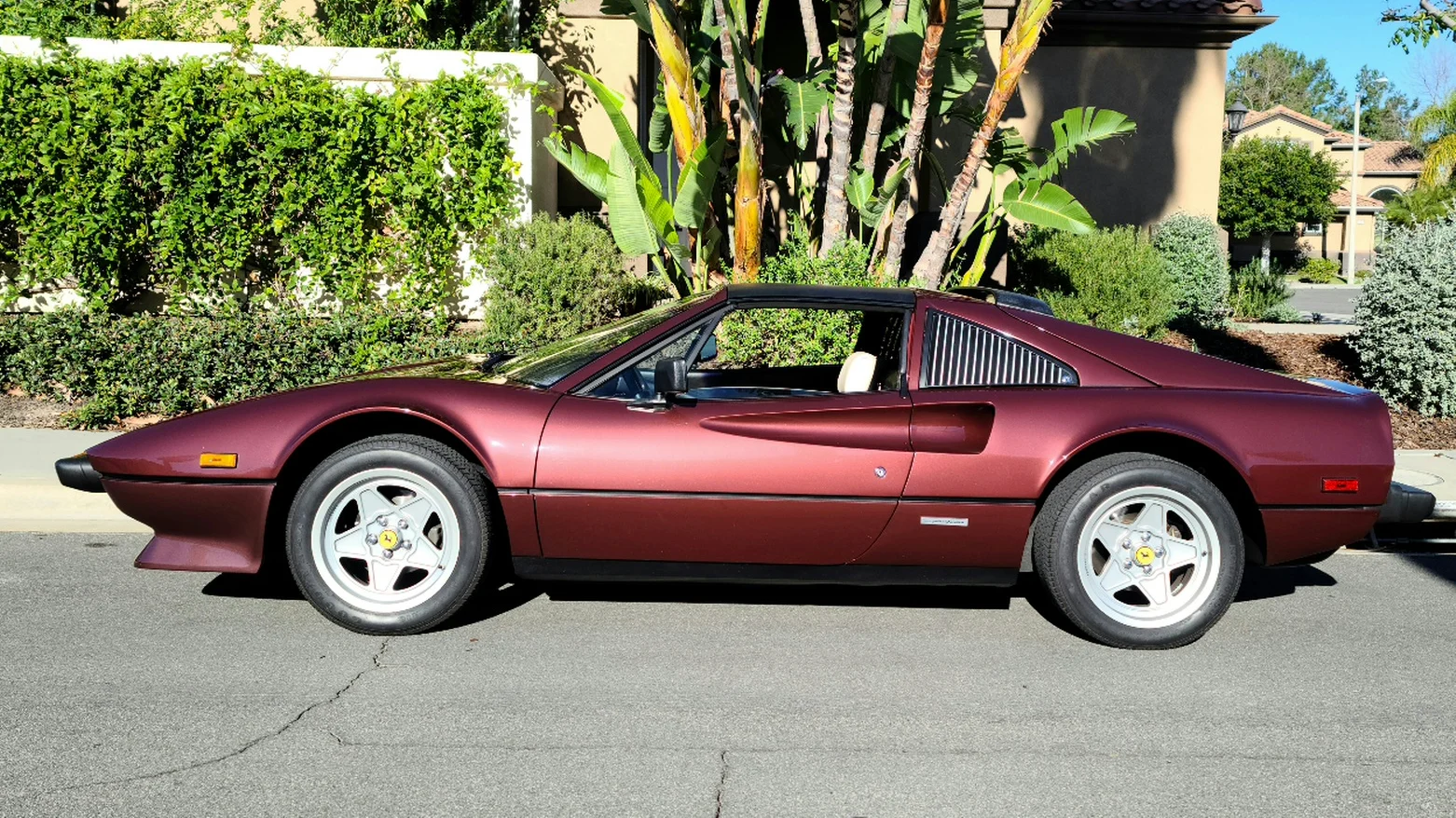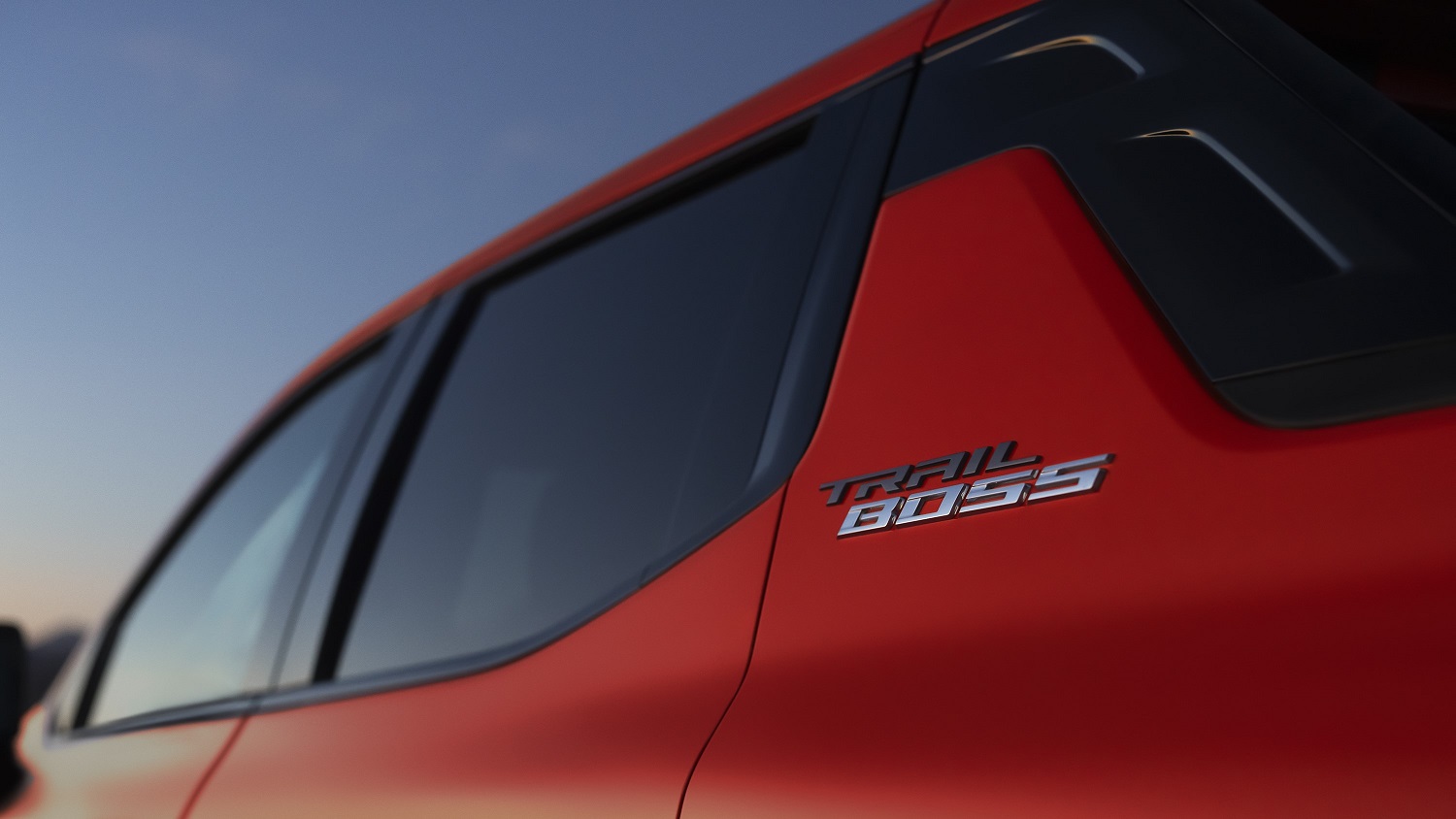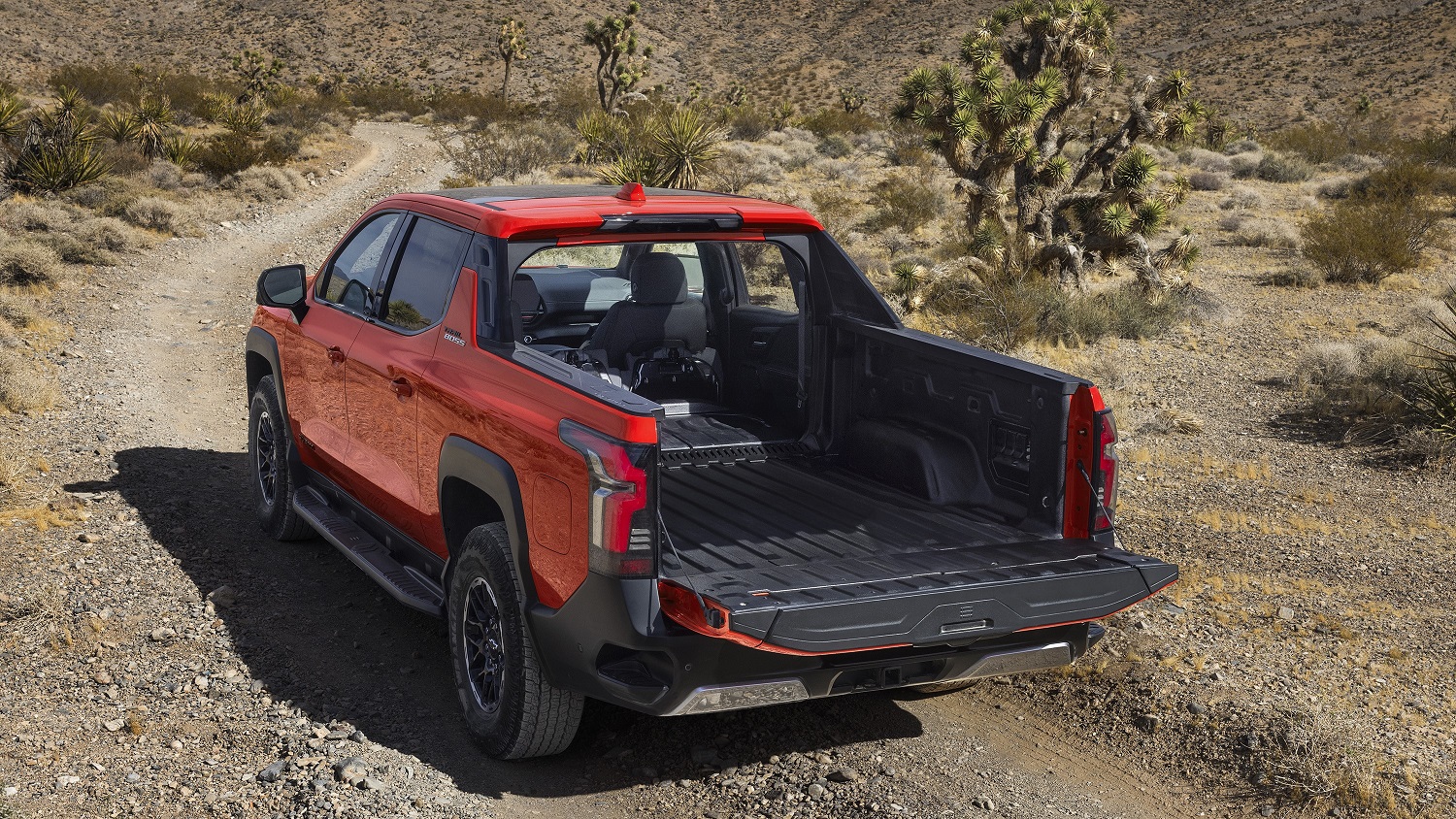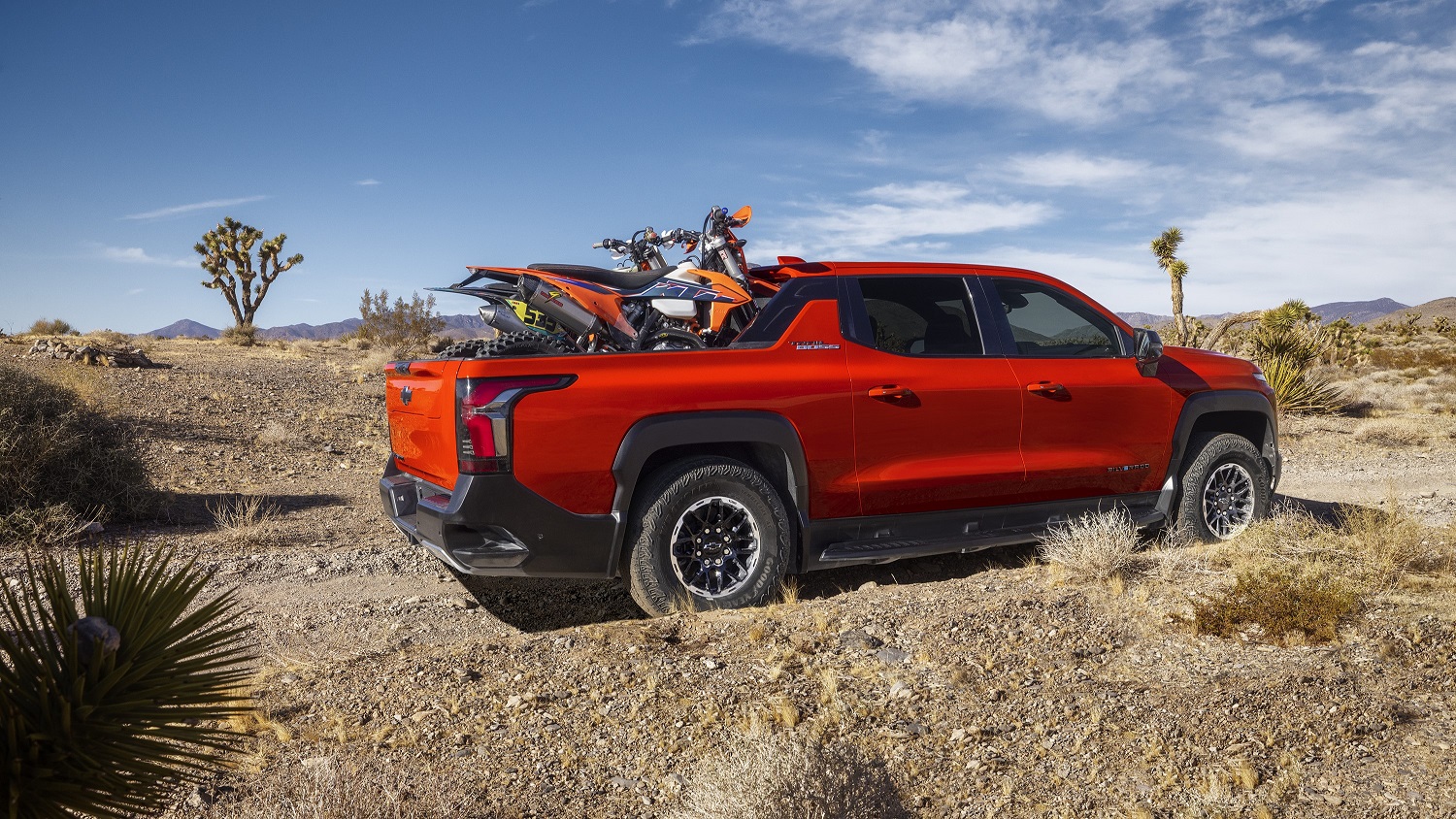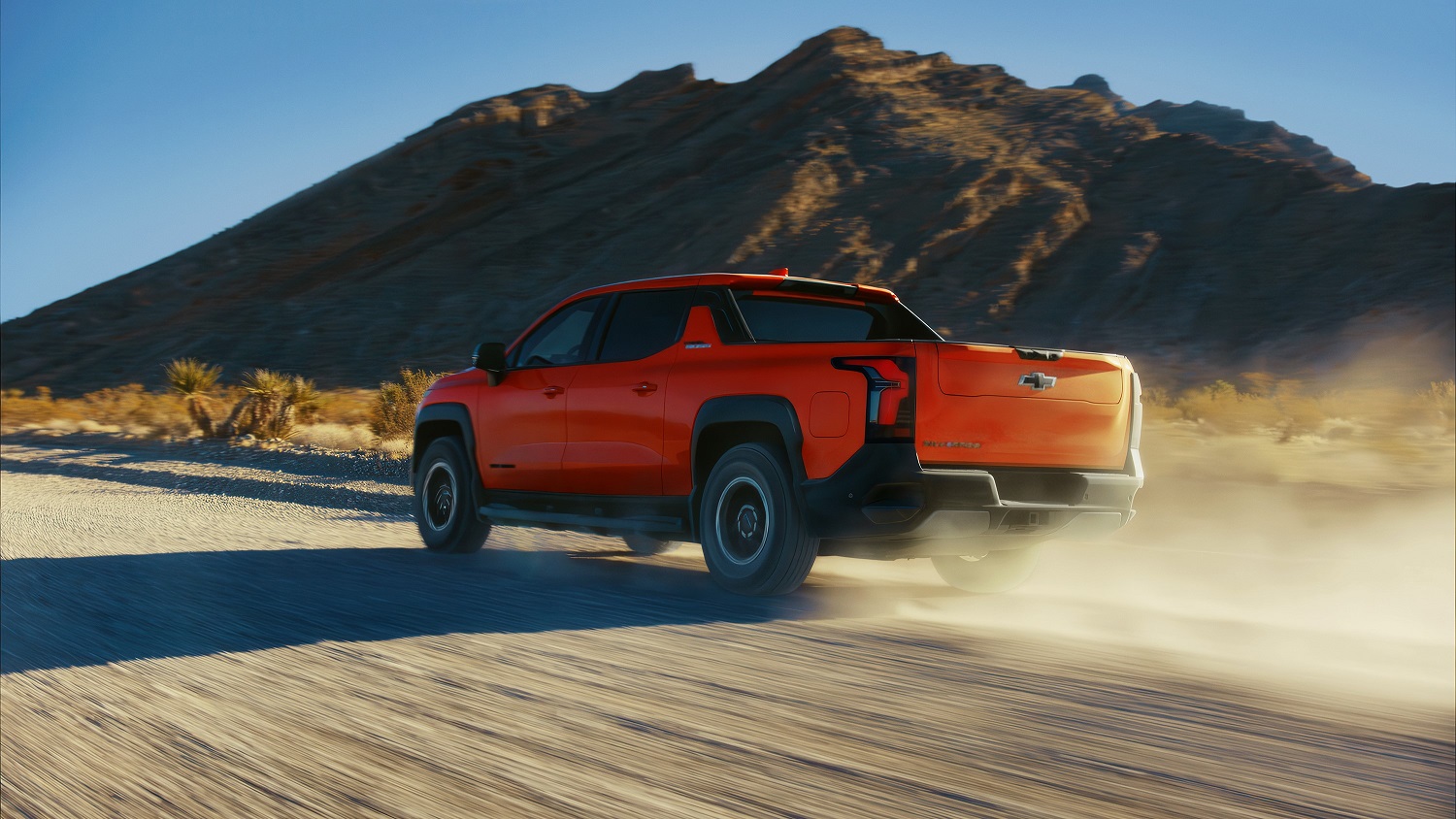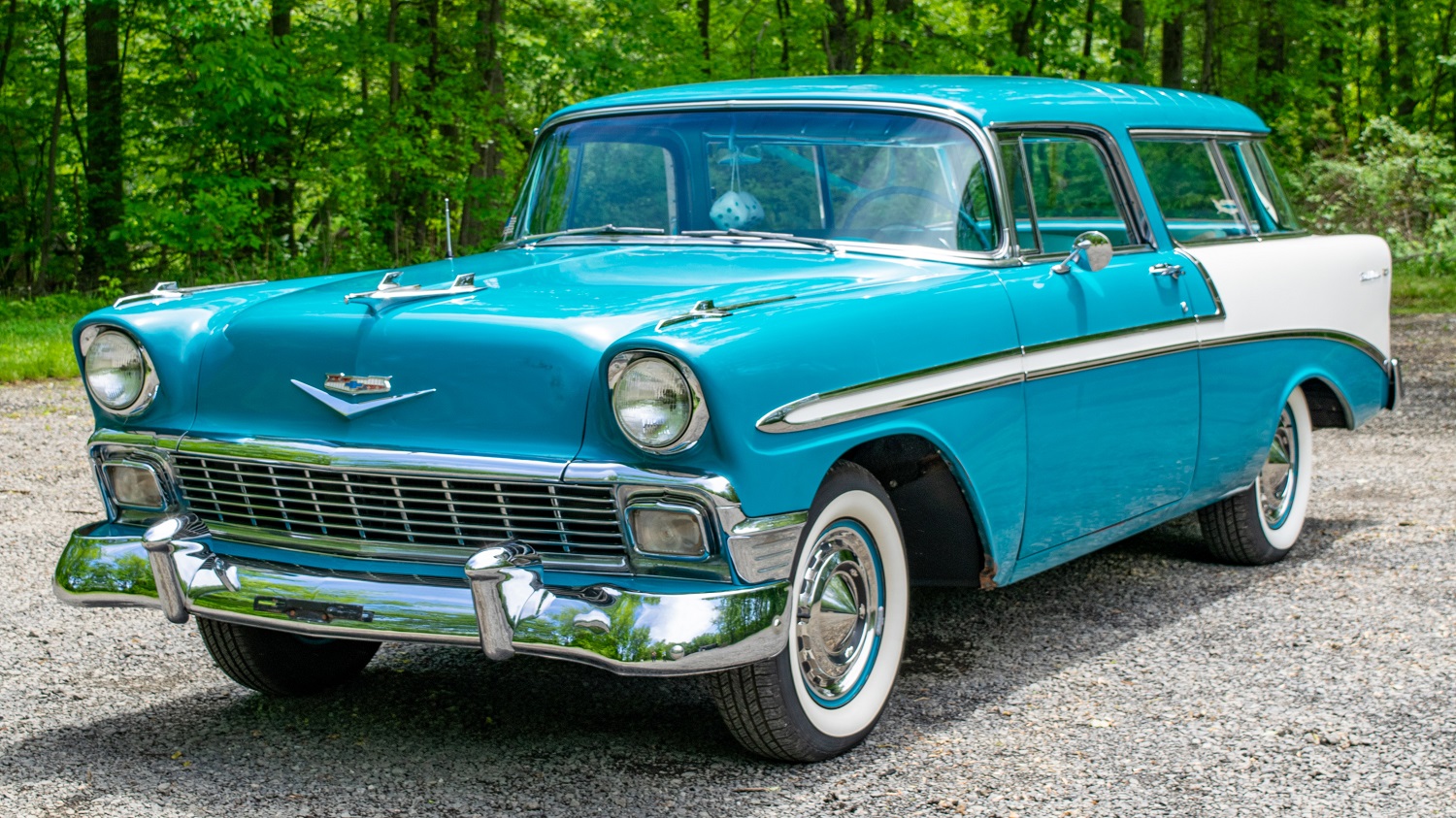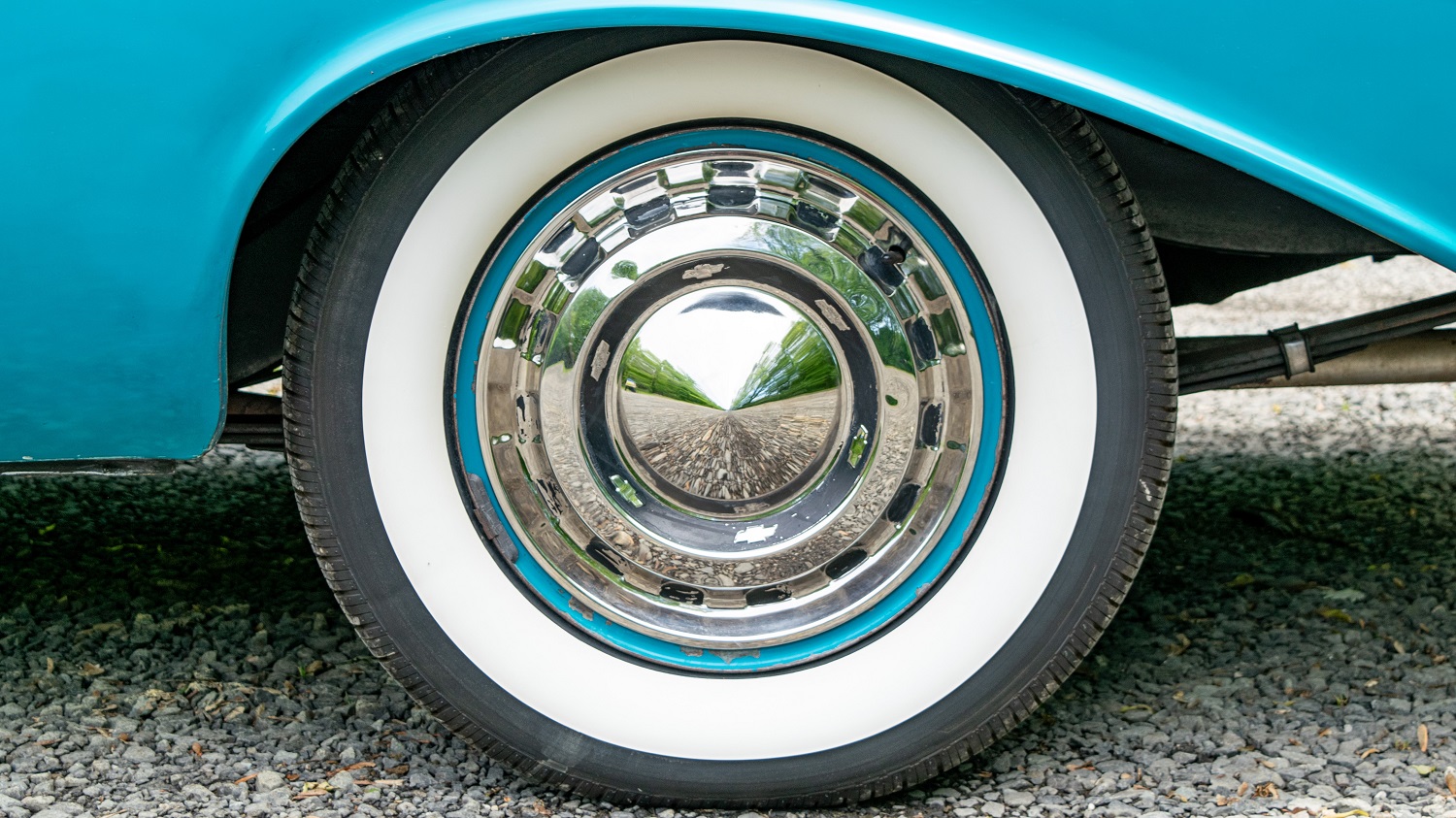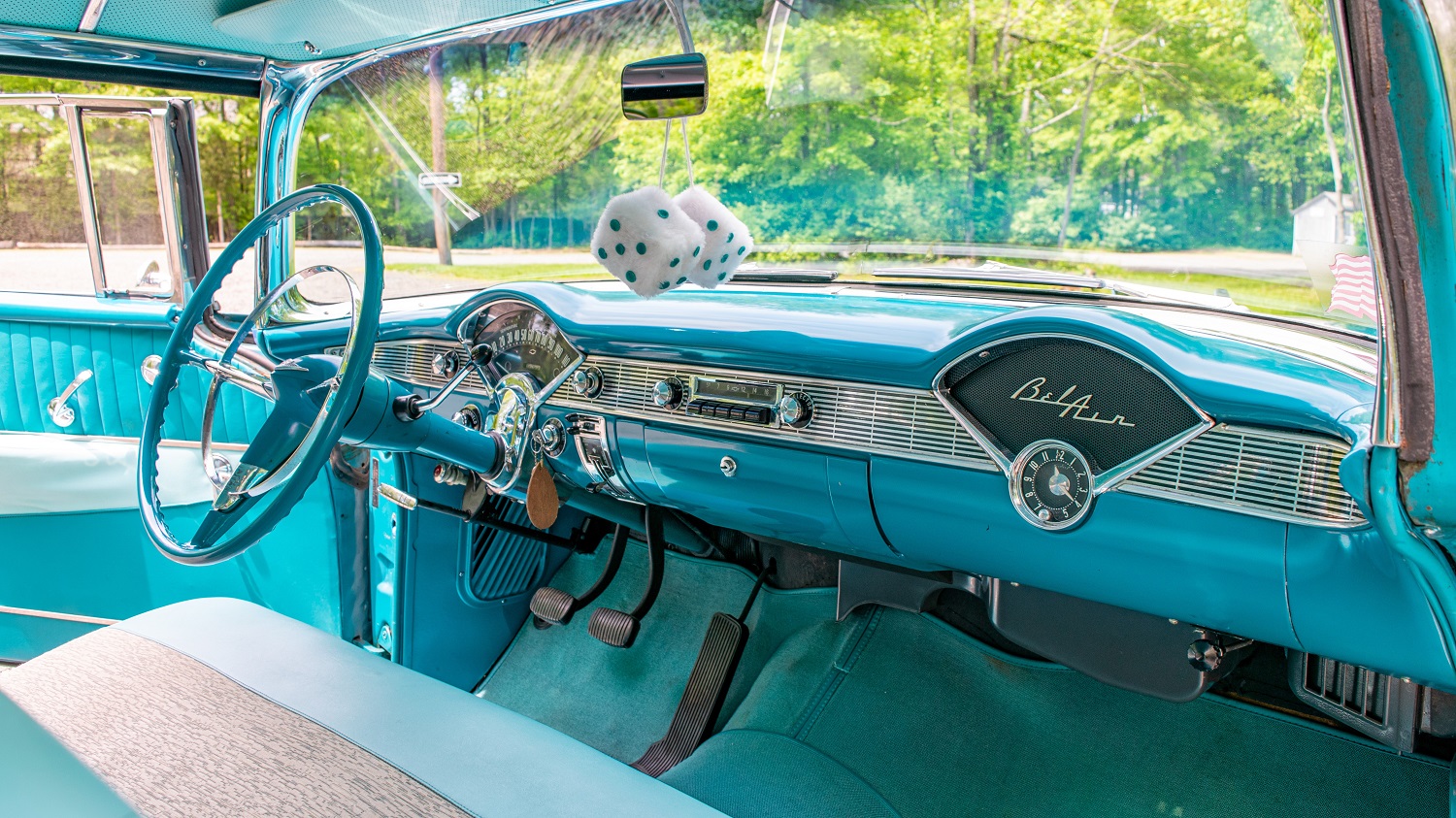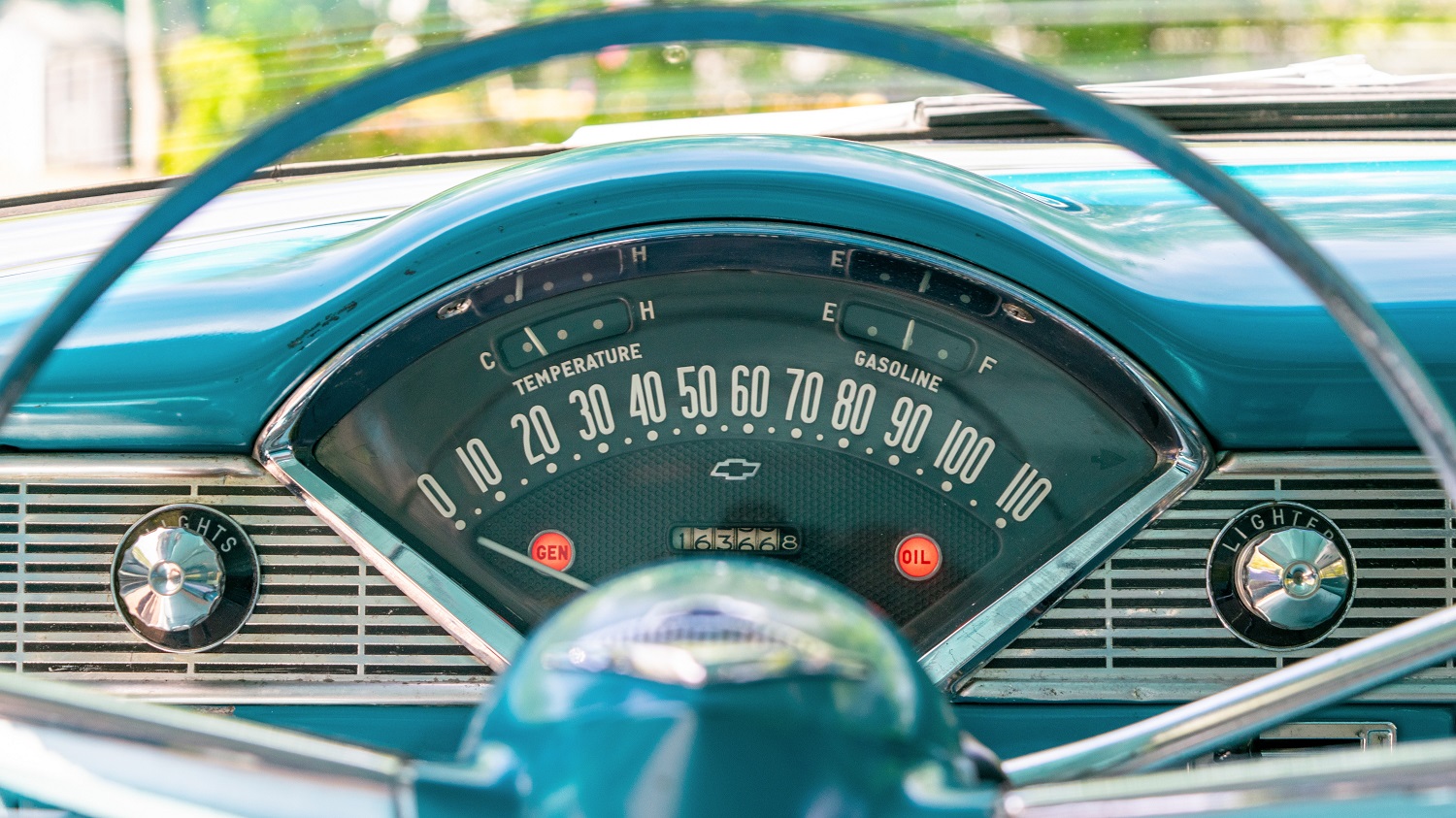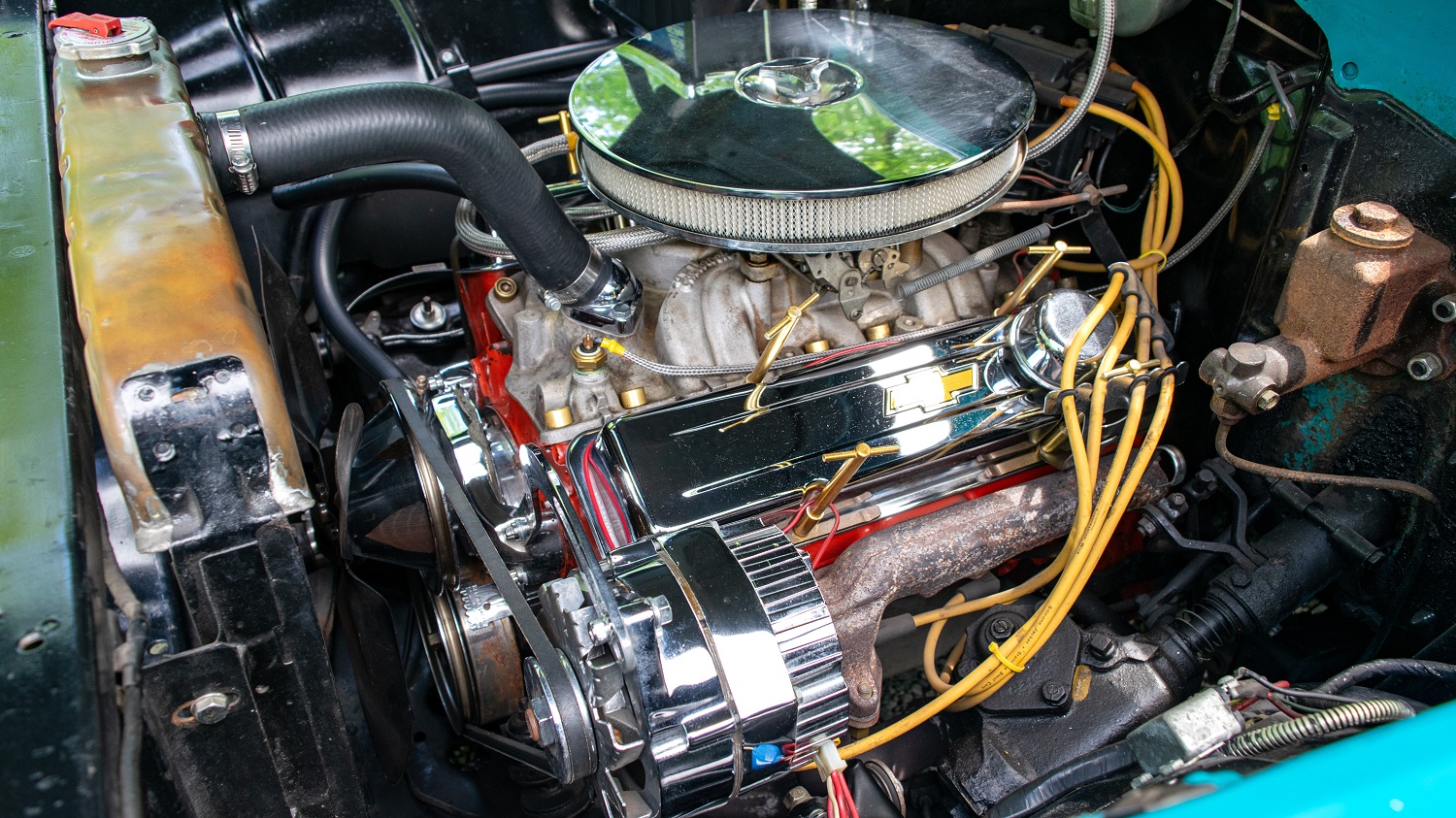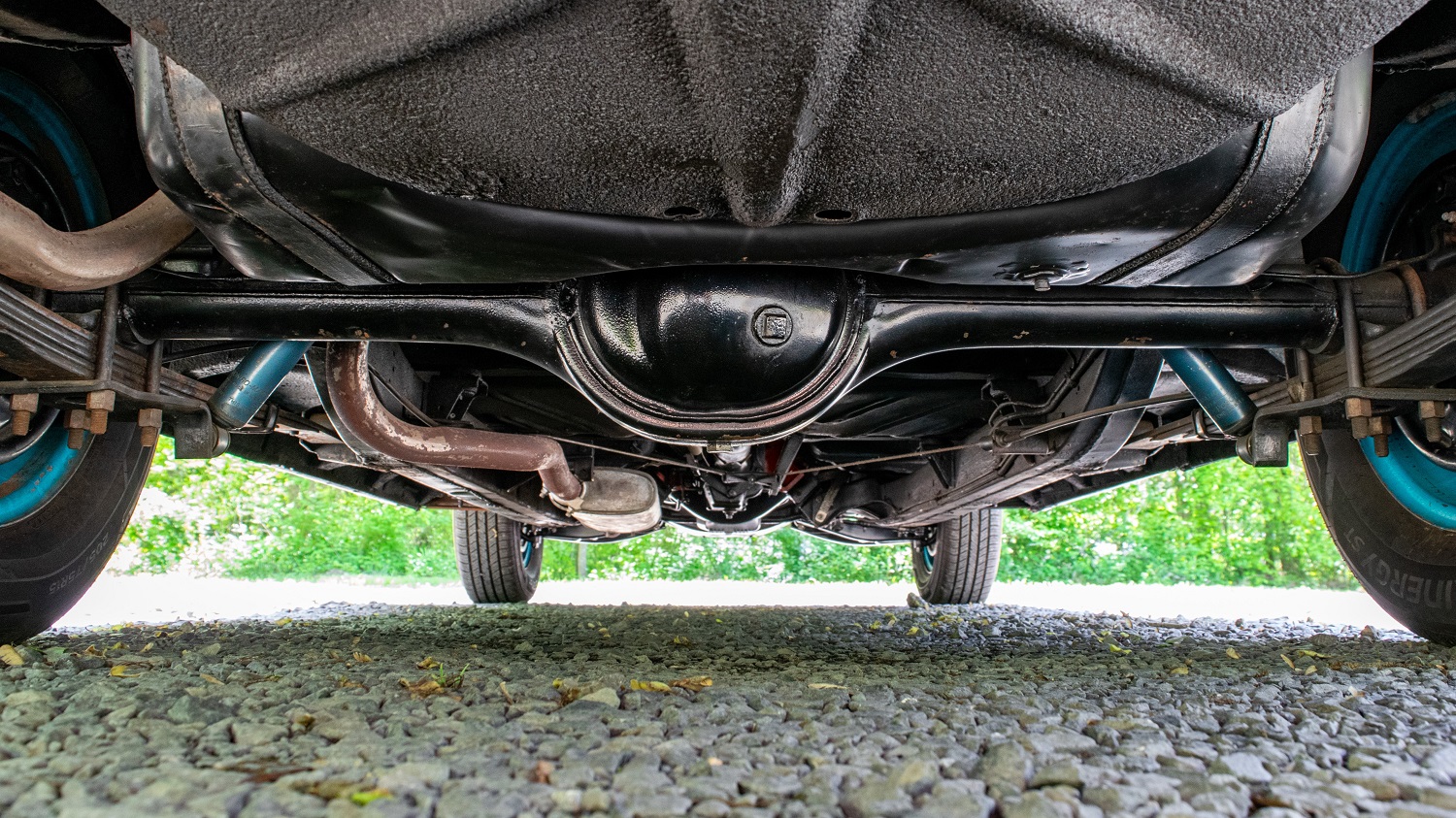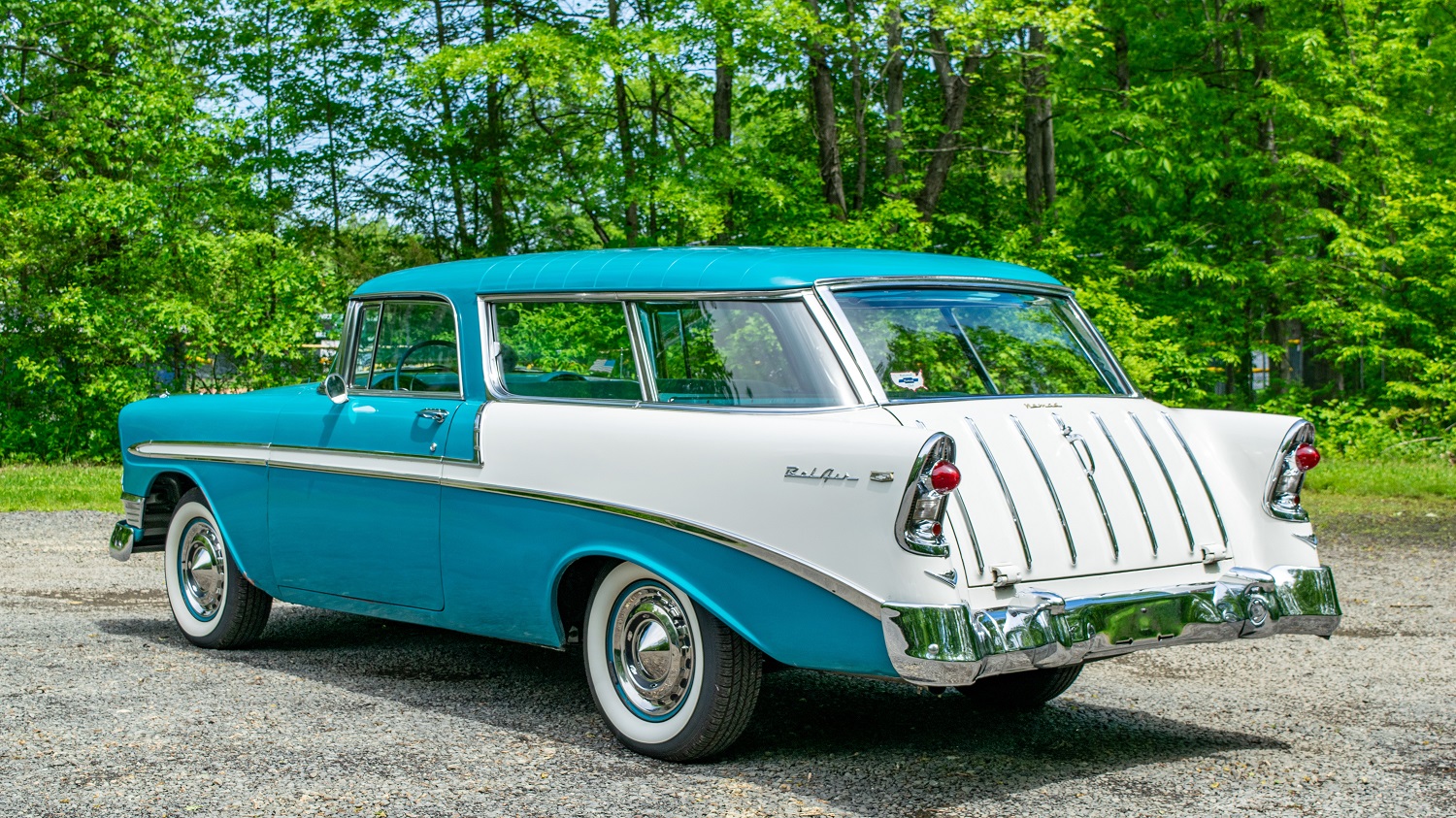Remember the days of personal luxury coupes? Sporty two-door coupe body styles are largely a thing of the past – consumer buying trends have shifted toward larger vehicles like sport-utility vehicles, minivans and crossovers. But 20 to 25 years ago, you could still find a two-door available from most auto manufacturers—including the European and Japanese luxury brands.
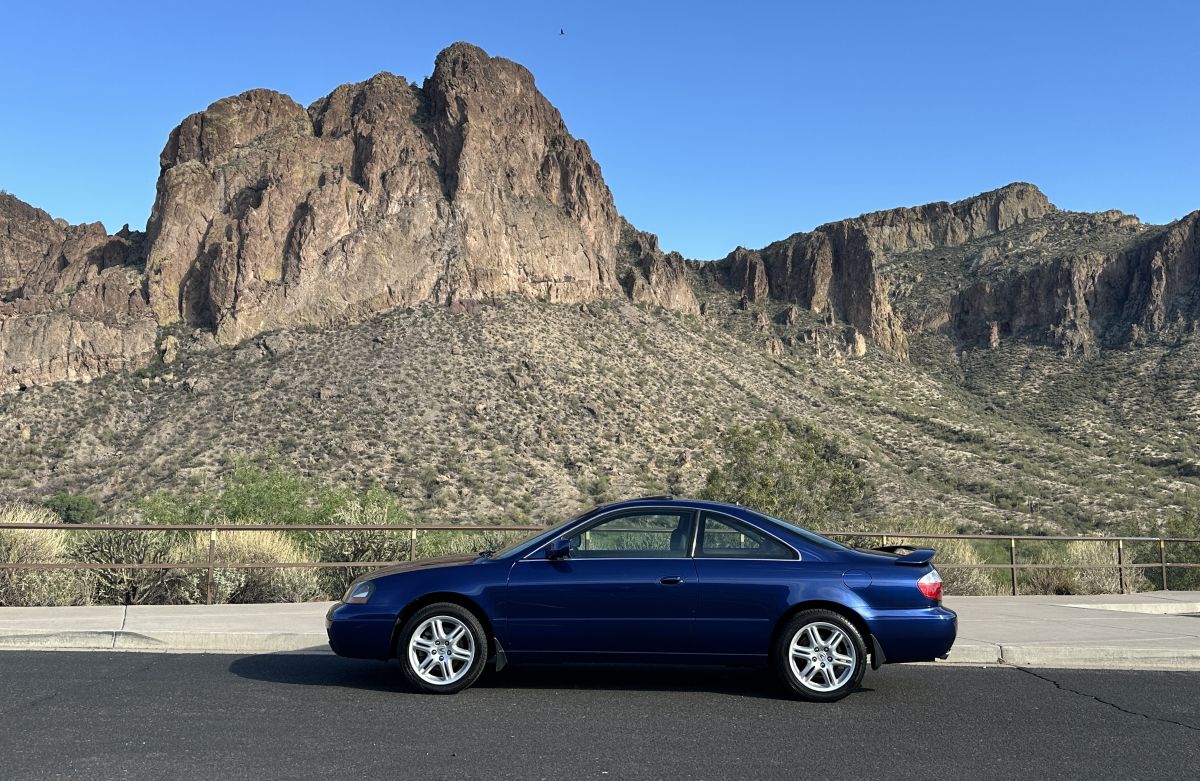
Dating back to 1987, the Acura brand’s Legend coupe was its original flagship Grand Tourer, offered with all the creature comforts one would expect of a high-end cruiser. But when the Legend V6 was discontinued after 1995, the lineup changed. The new CL—launched in 1997 and named for its “coupe luxury”—slotted at a lower price point and could be optioned as a four-cylinder. A 3.0-liter CL V6 was available, but only when paired with an automatic transmission. Exterior styling was based on the radical CL-X concept car, and production took place in East Liberty, Ohio.
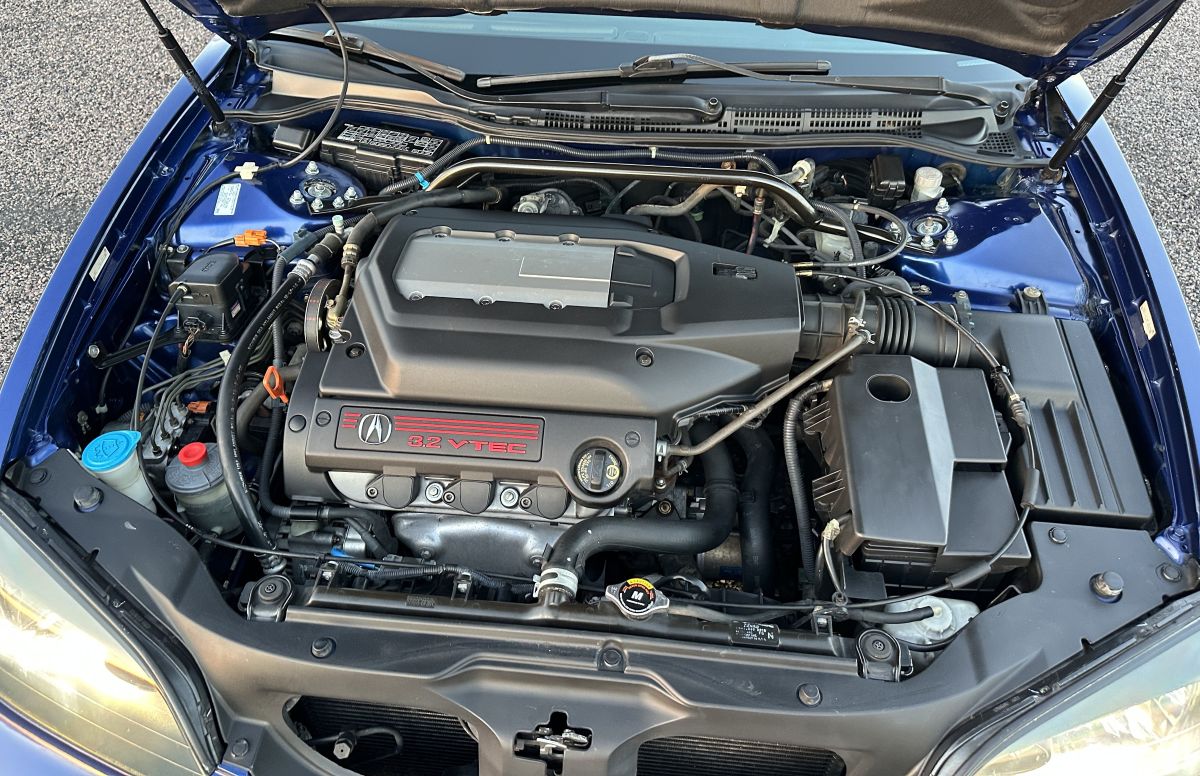
Second-gen CL Innovations
Fast-forwarding a few years, that same assembly plant started producing the heavily updated second-generation CL for the 2001 model year. The car now used a “J32” 3.2-liter V6 across the board, and a five-speed automatic was the only available transmission for the first two model years. That changed in 2003—the final year for the CL—when Acura offered a six-speed manual transmission on Type-S models. In addition to a third pedal, the car came with a helical limited-slip differential and some cosmetic changes exclusive to just that year (black-housing headlights, body-colored grille surround and red/clear taillights, among others).
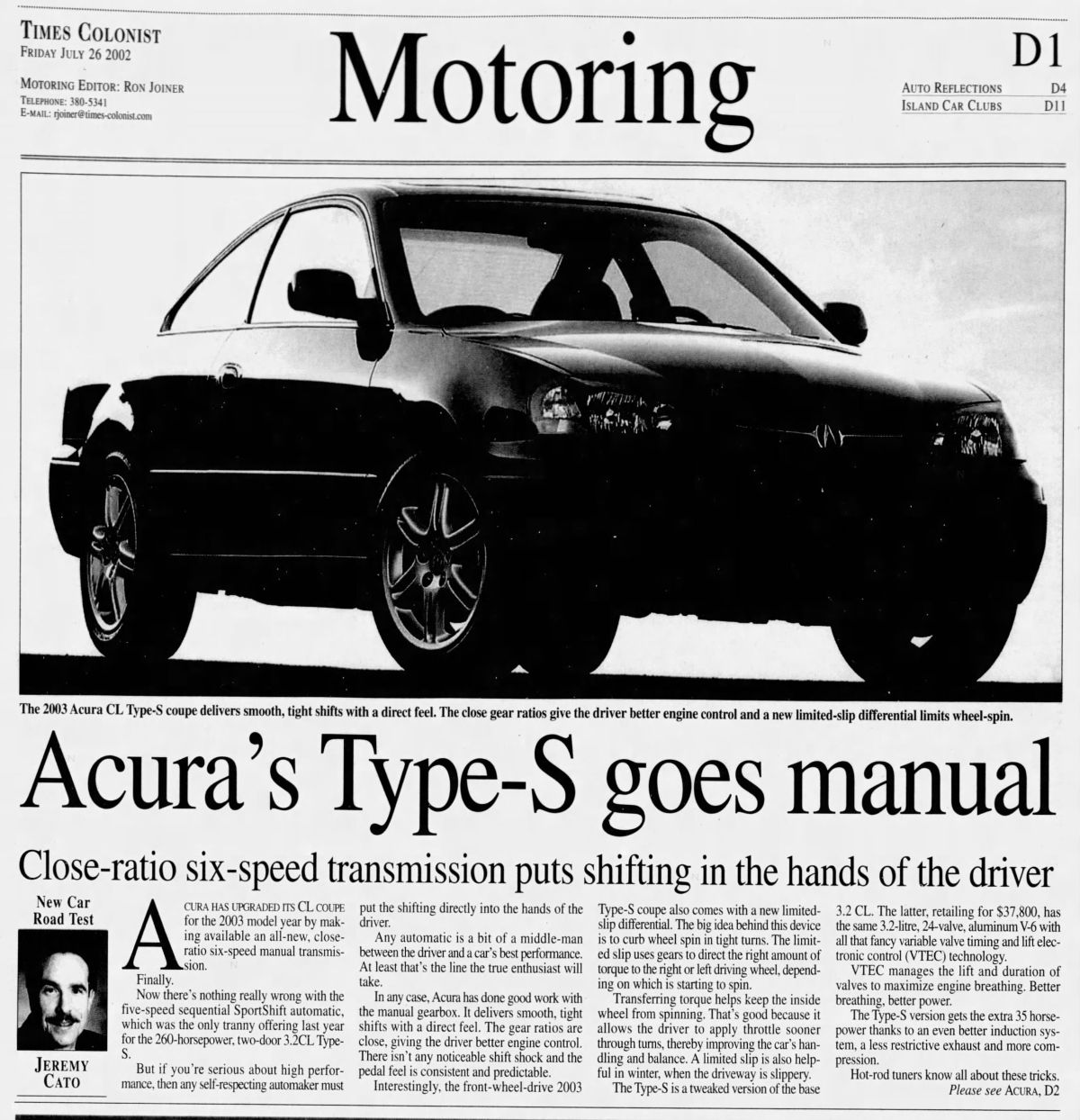
Down to the Details
Always one to seek after the obscure and the rare Honda models, I jumped at the opportunity to acquire a CL-S recently for a fair price. My new-to-me “Aegean Blue Pearl” six-speed, featured in the photos with this story, was sold new from Los Gatos Acura (near San Jose, California) on October 15, 2002 with 127 miles on its odometer. It spent more than two decades in that area before being relocated briefly to Utah. When I took delivery in January 2025 in Phoenix, the gauge cluster showed 182,876 miles. The car remained largely original and well-kept—despite its mileage, the car ran, drove and braked impressively. I knew it was the perfect candidate for a light restoration and preservation, given its rarity.
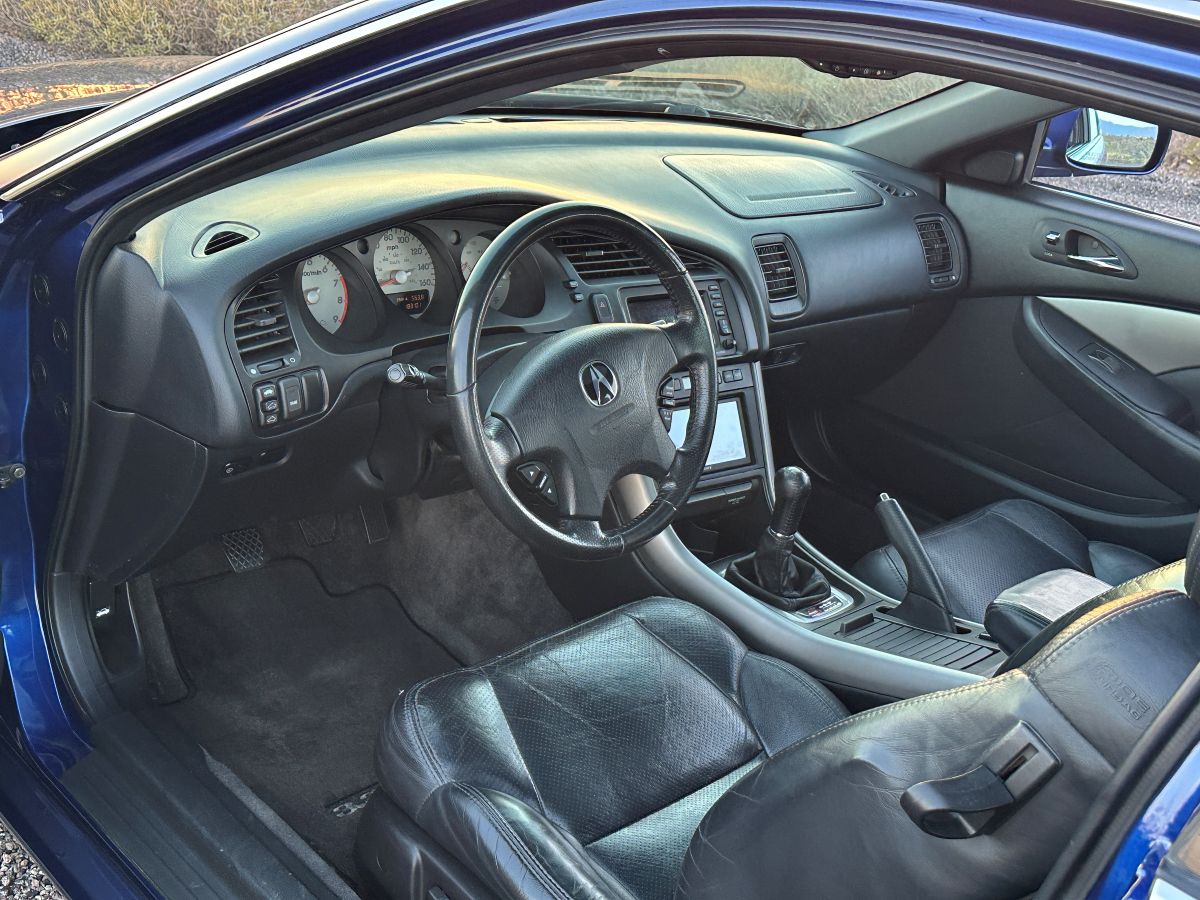
According to research and documentation assembled by CL-S owners and enthusiasts, there were 3,845 total CL Type-S six-speed cars produced for 2003. That figure can be broken down by exterior color (six available), interior color (two available), a GPS navigation system option and United States versus Canadian market. My car was one of 68 units in the United States in Aegean Blue Pearl over black with the navigation system.

Future Collectible Status
Seem like an obsessive amount of detail? It most certainly is. And there’s an entire community of people like me who geek out on data just like this. This is a link to a Facebook group of about 1,700 people dedicated to the CL Type-S six-speed. I have had some fun getting the car fine-tuned mechanically and cosmetically, and I look forward to taking it on some road trips this summer. I brought the CL (and other luxo-coupes) to the table as a future collectible during a recent Barrett-Jackson symposium.
Worth mentioning, there are some auto manufacturers that still make luxurious two-door coupes. One of the late-model cars that continues to fit the bill is the 2025 Lexus LC, but that model starts at $101,100.
Maybe I’ll stick to older cars after all. How about you?
